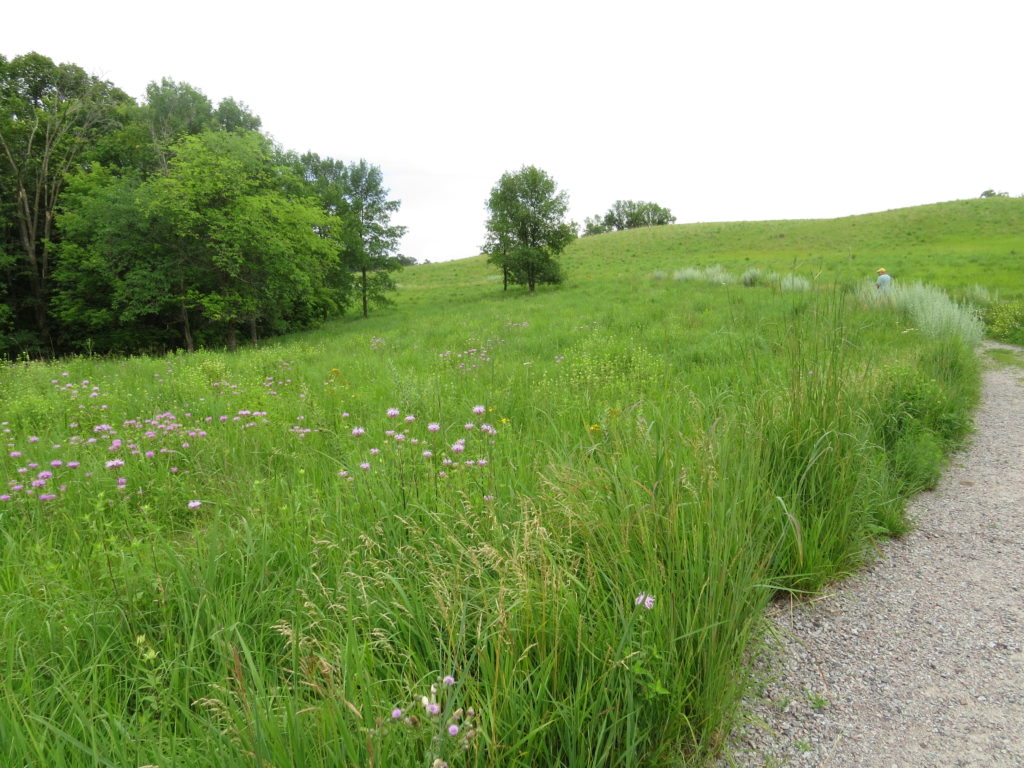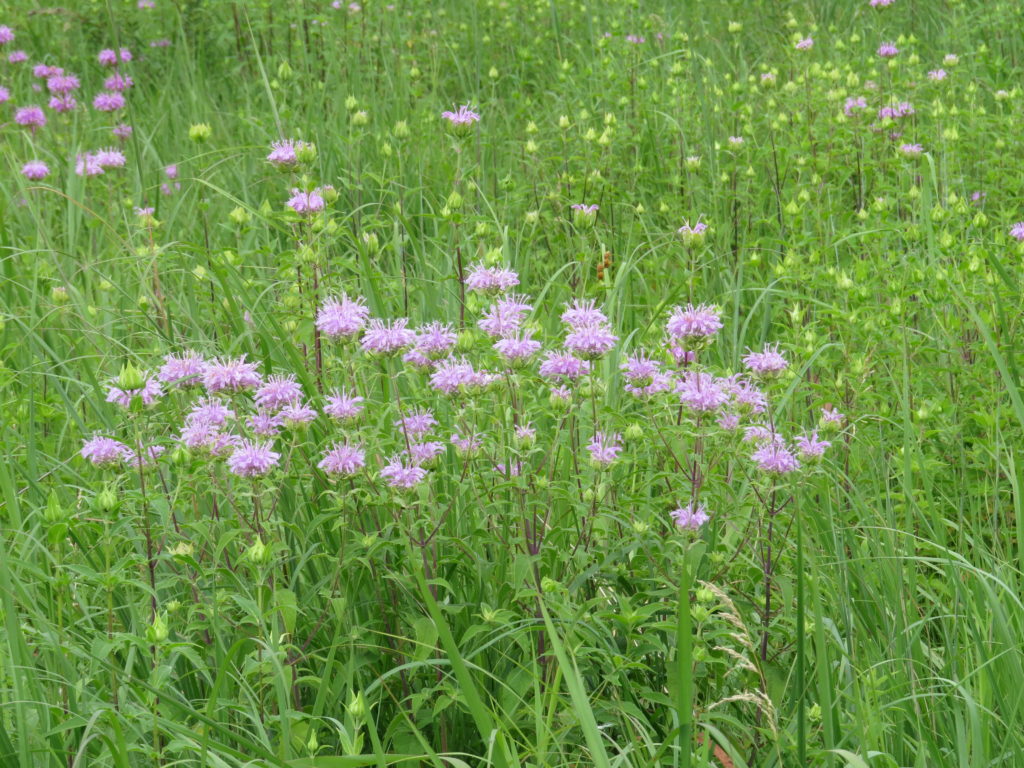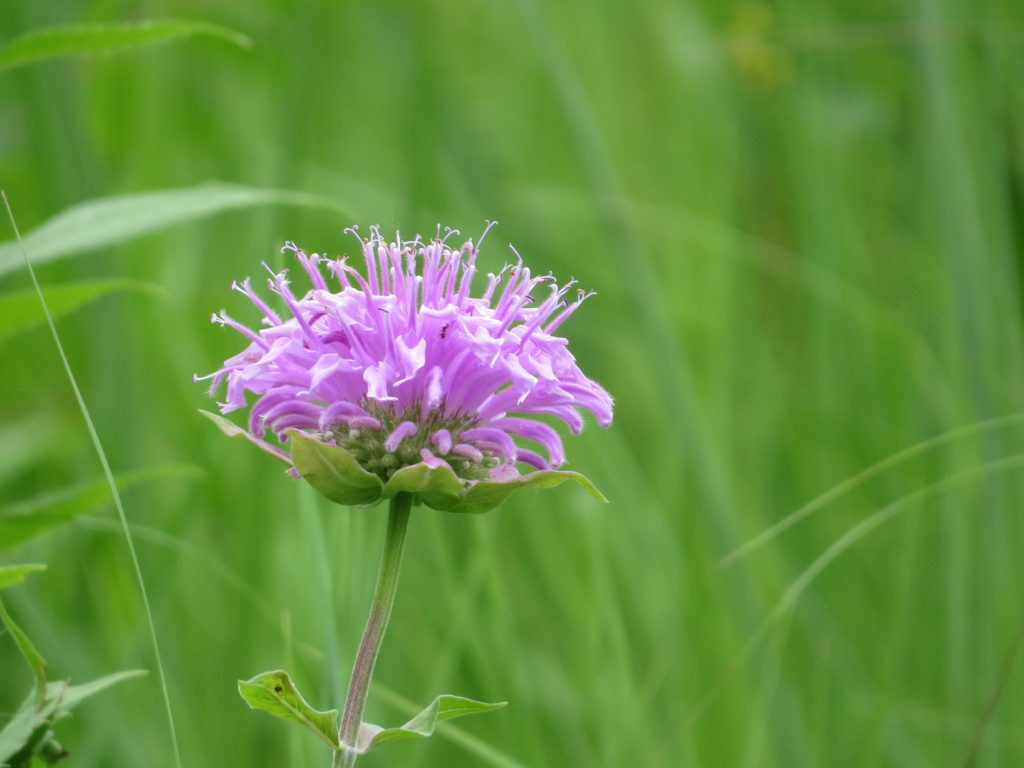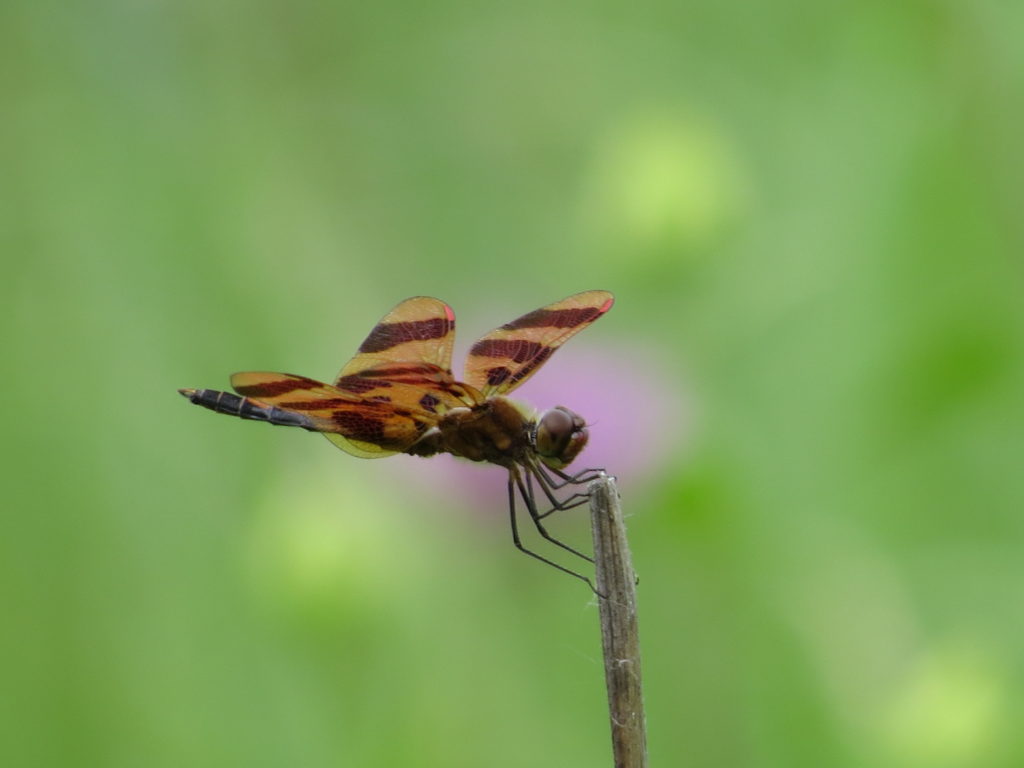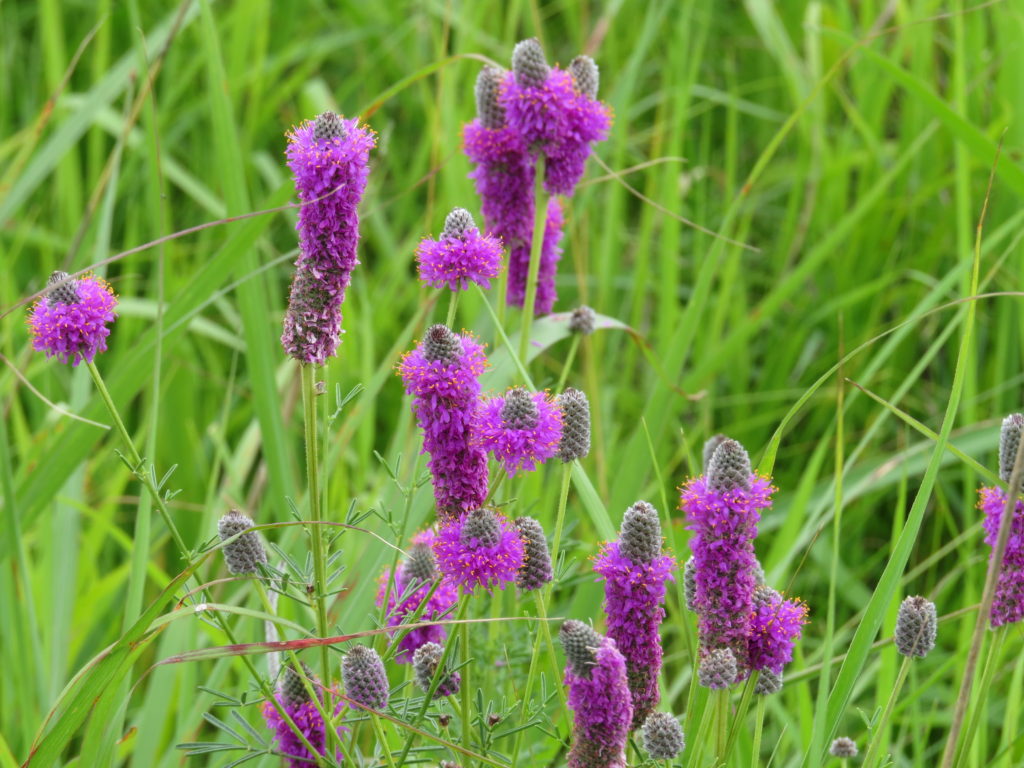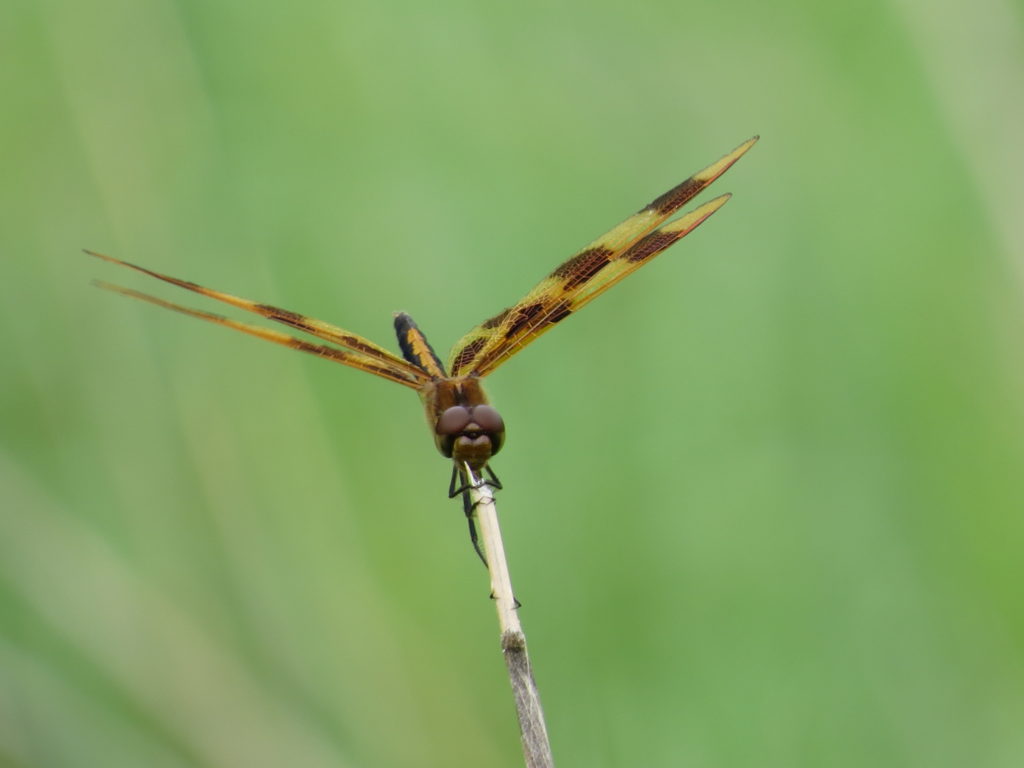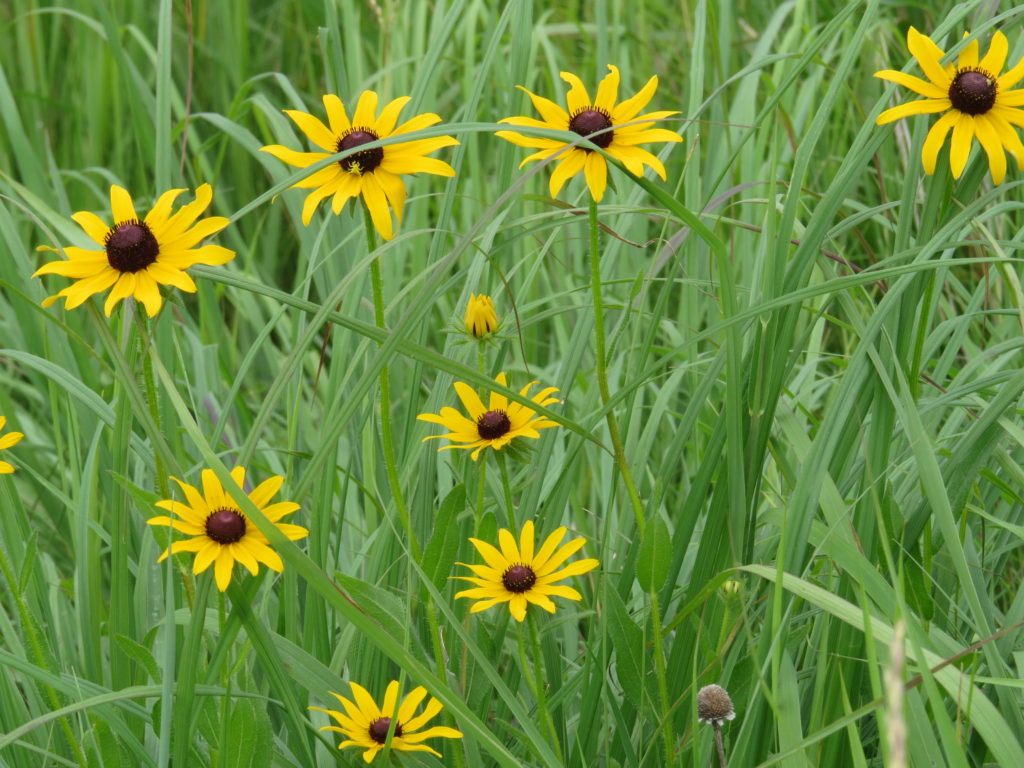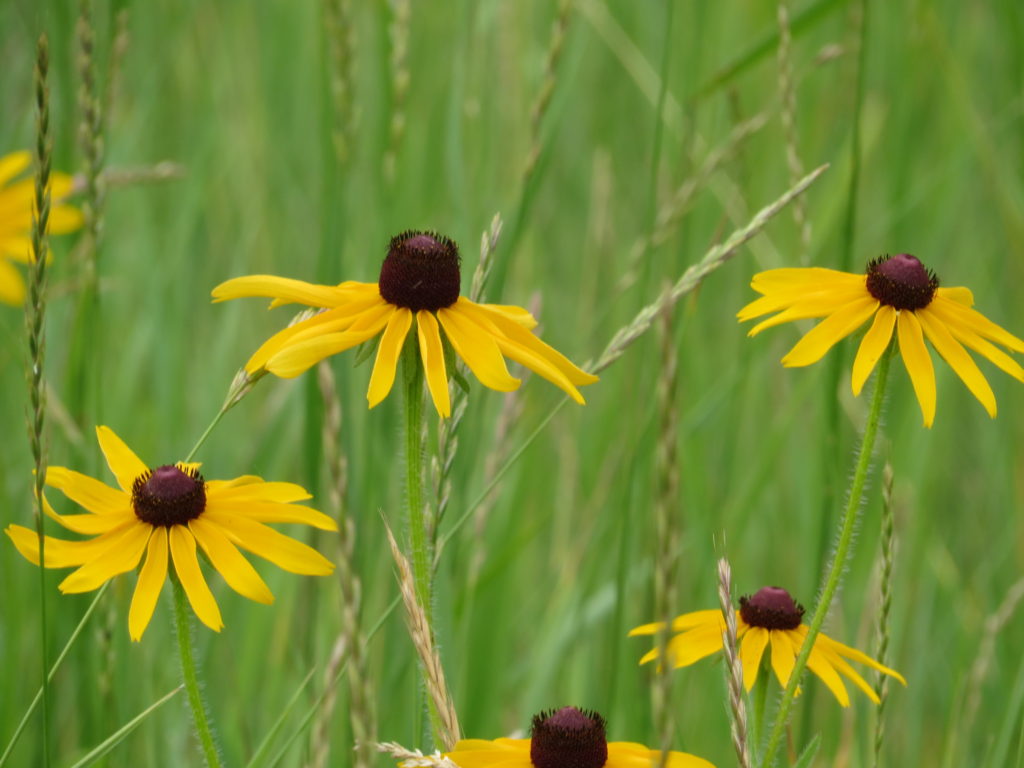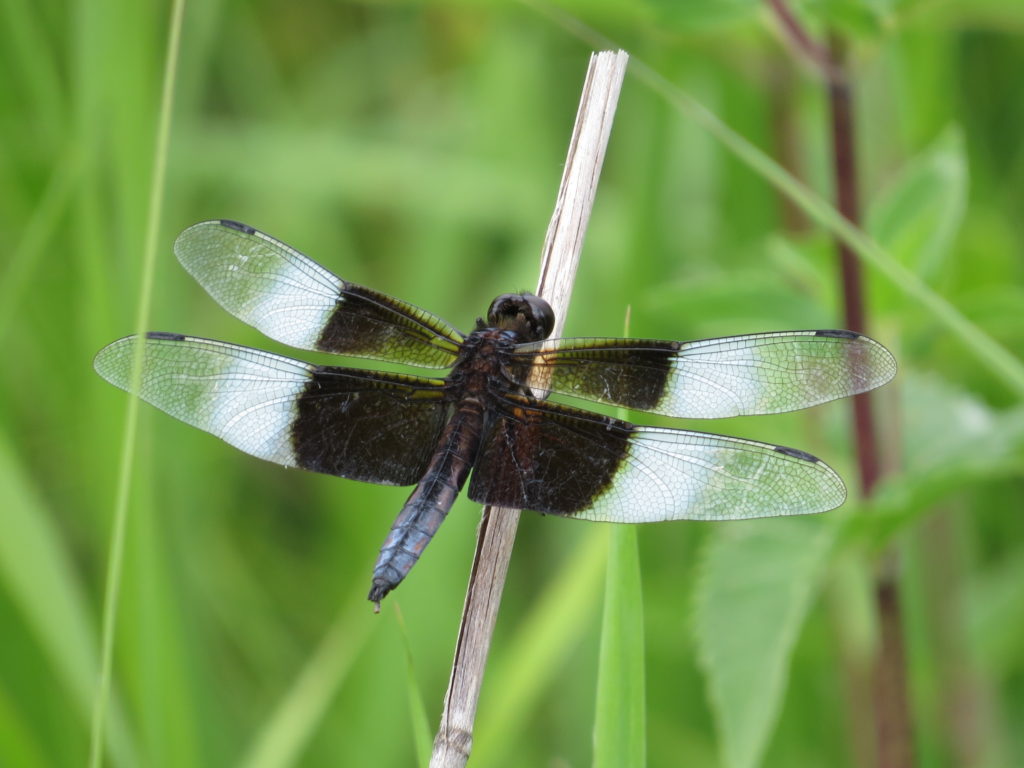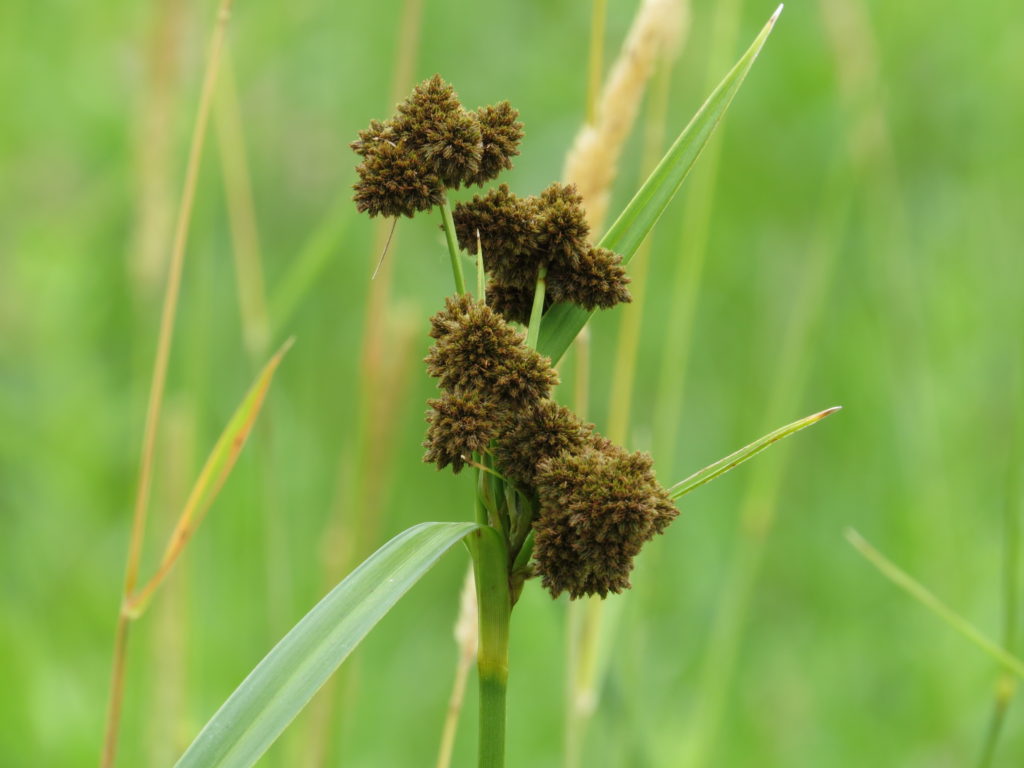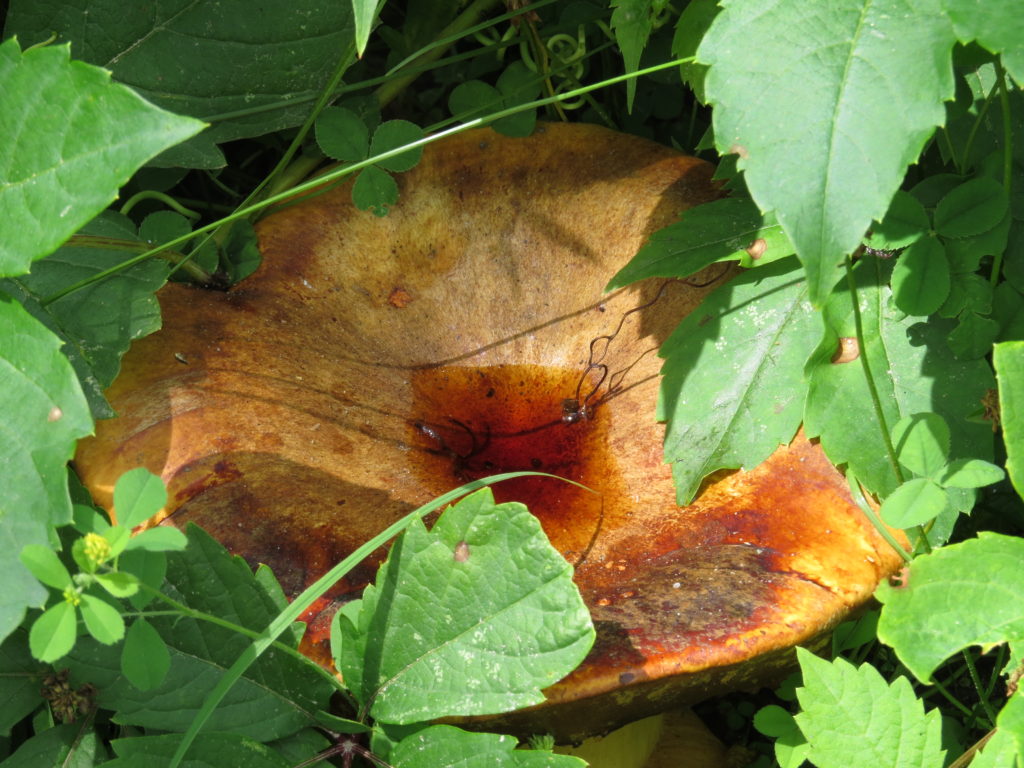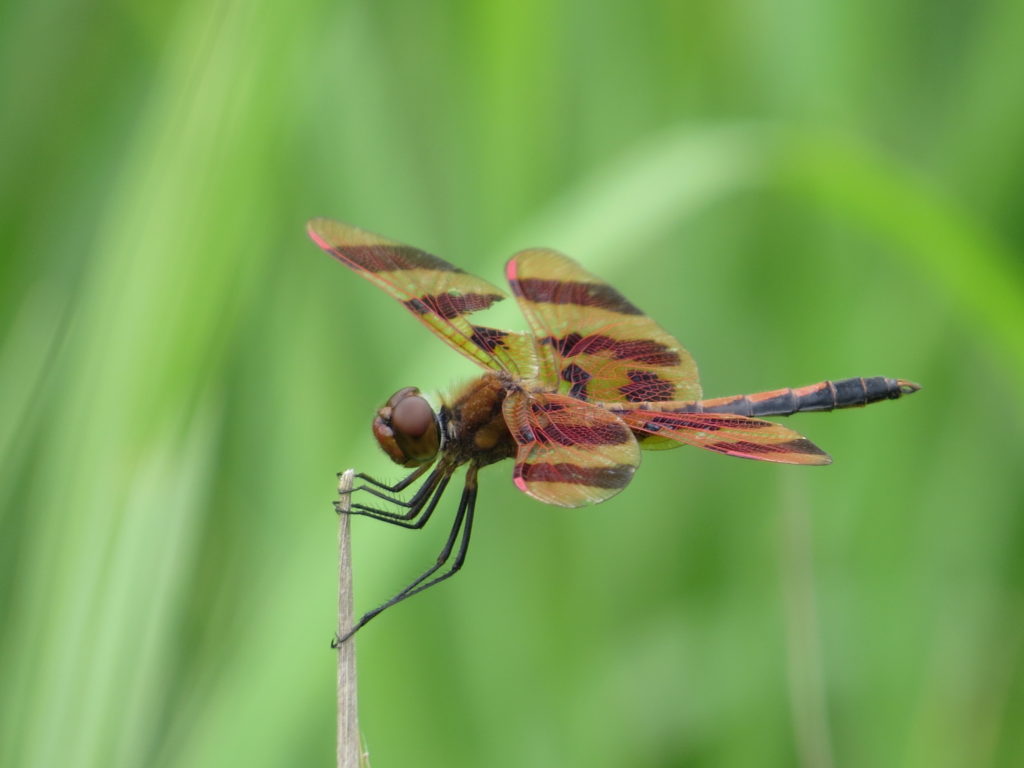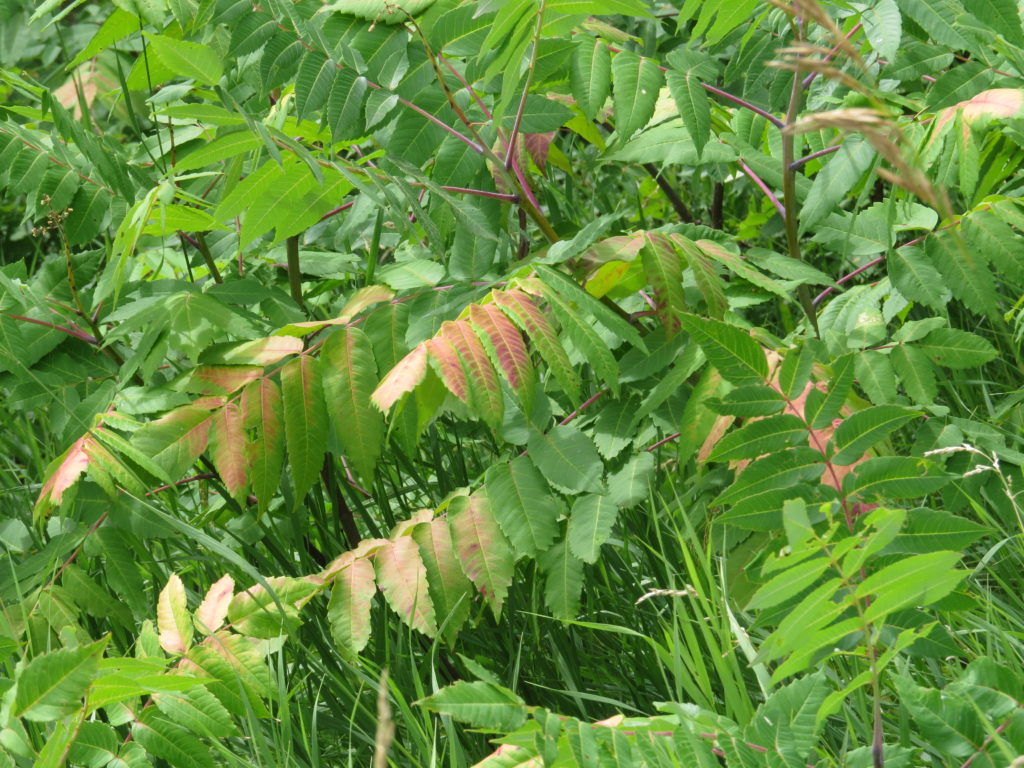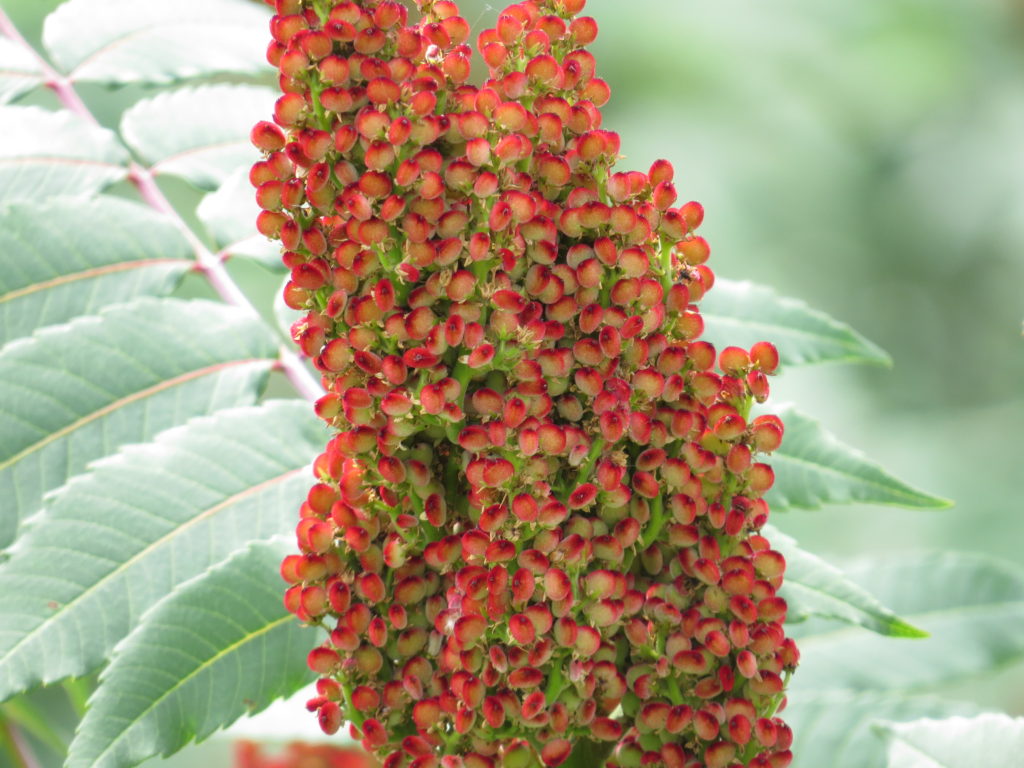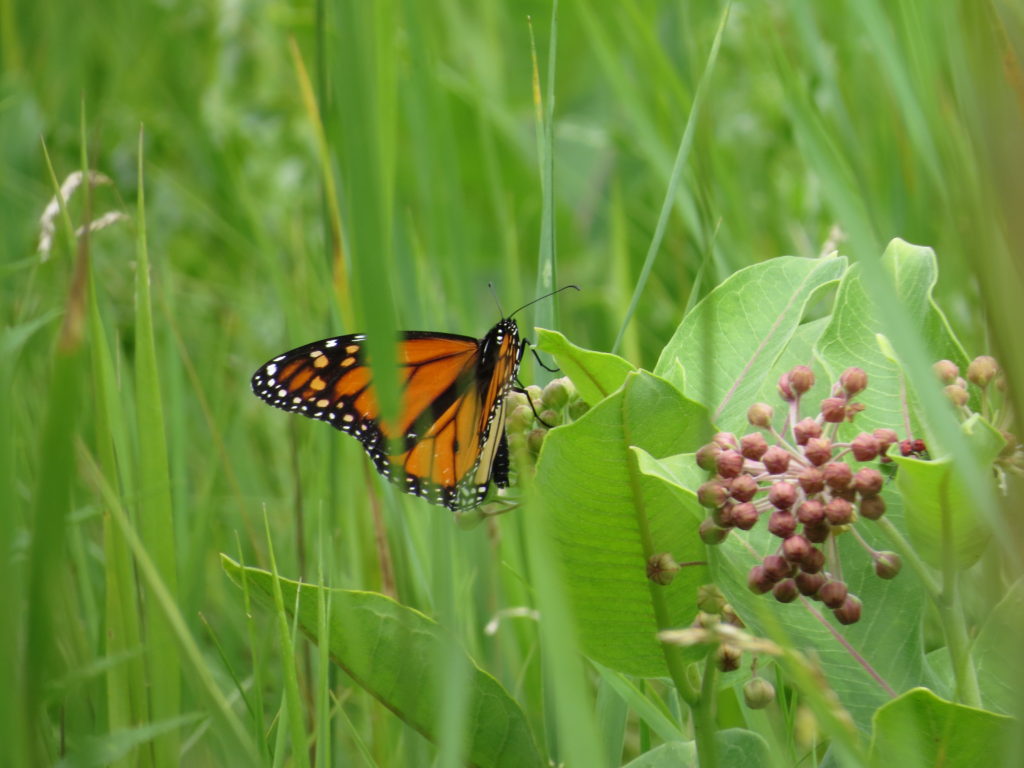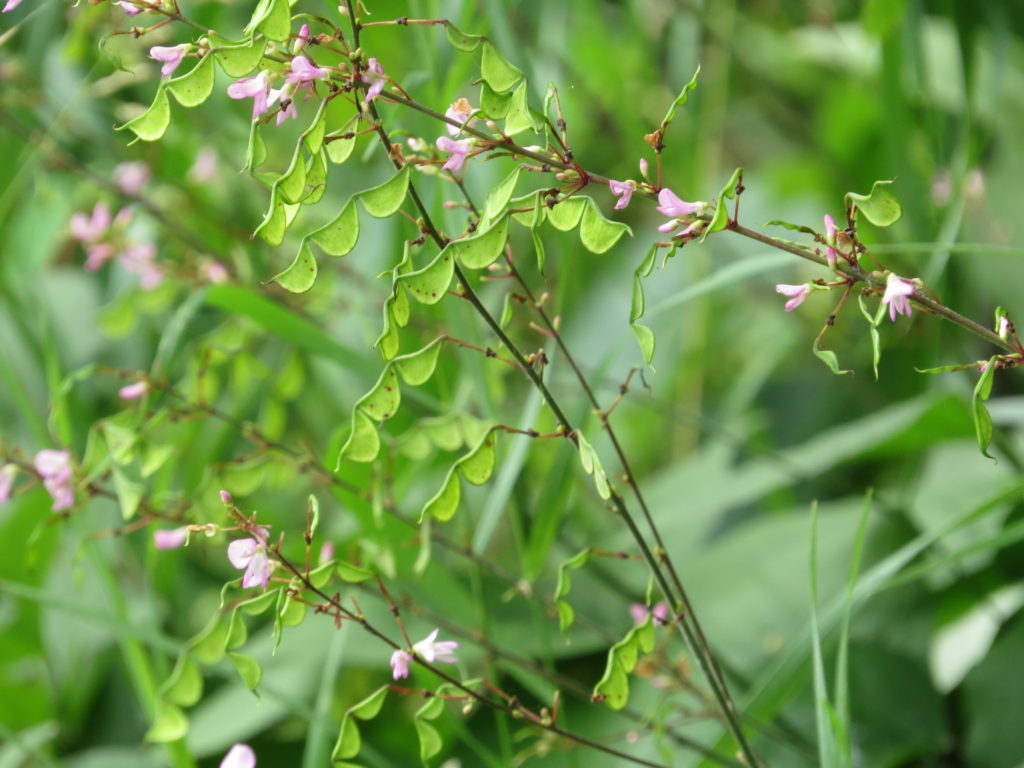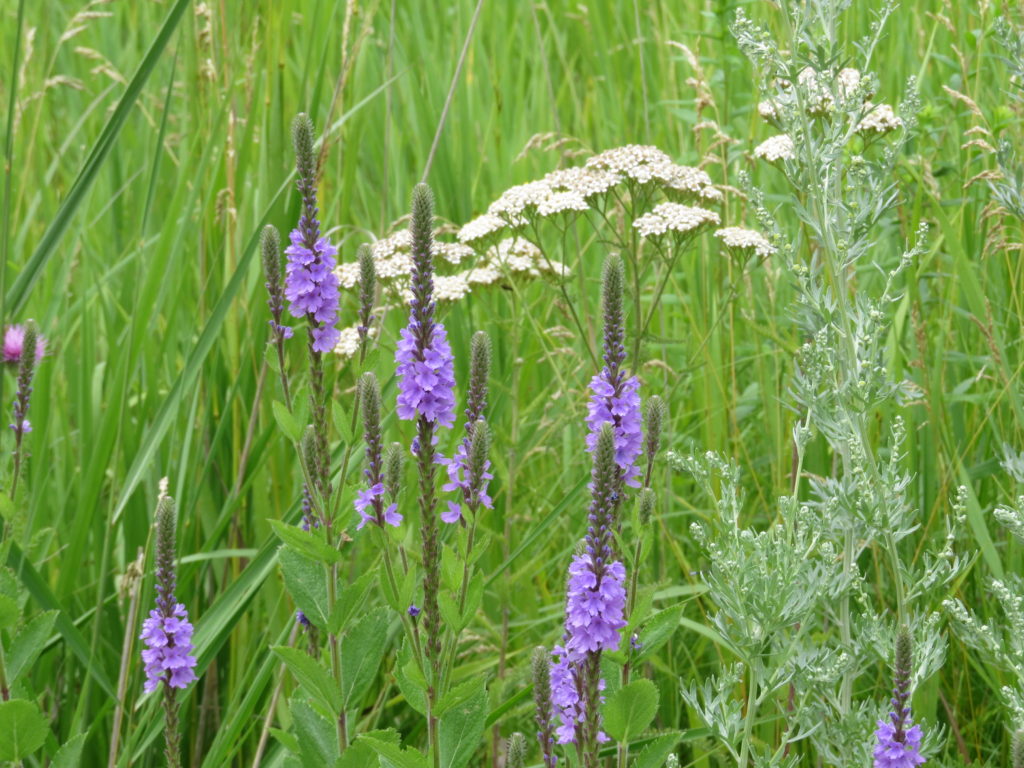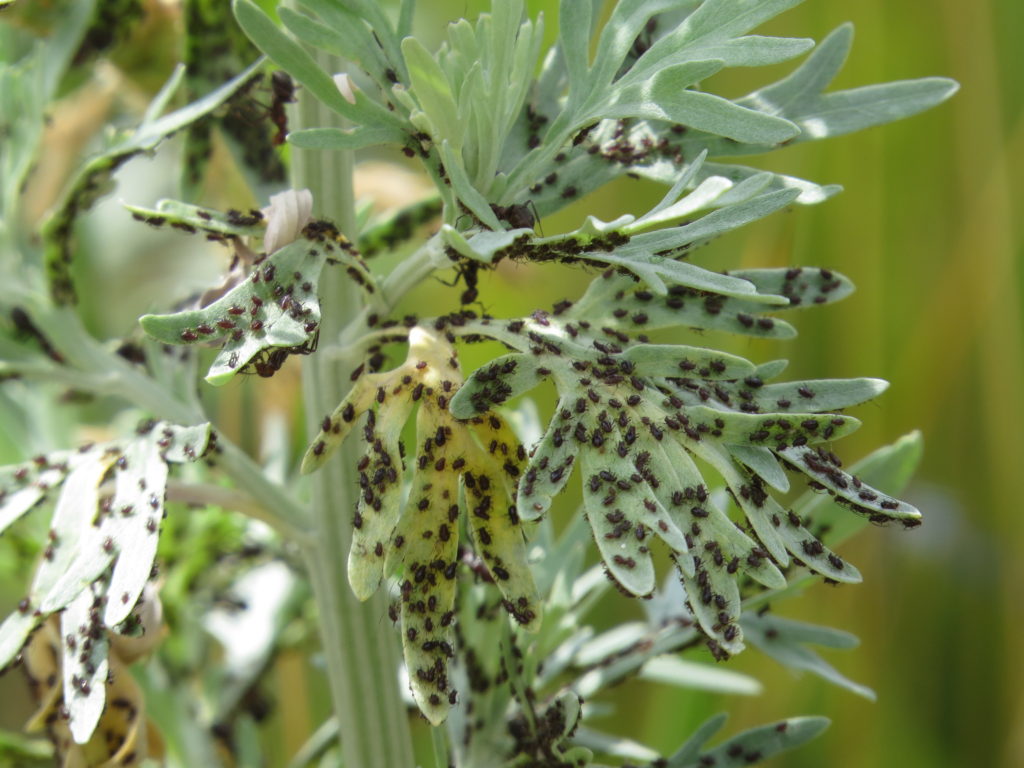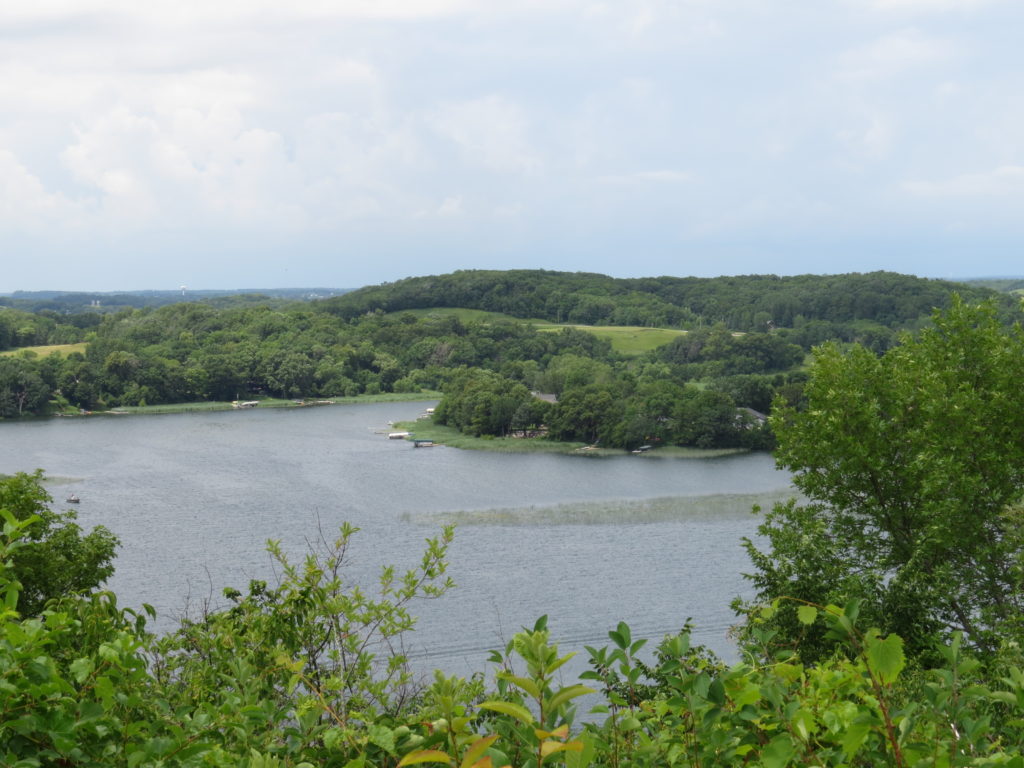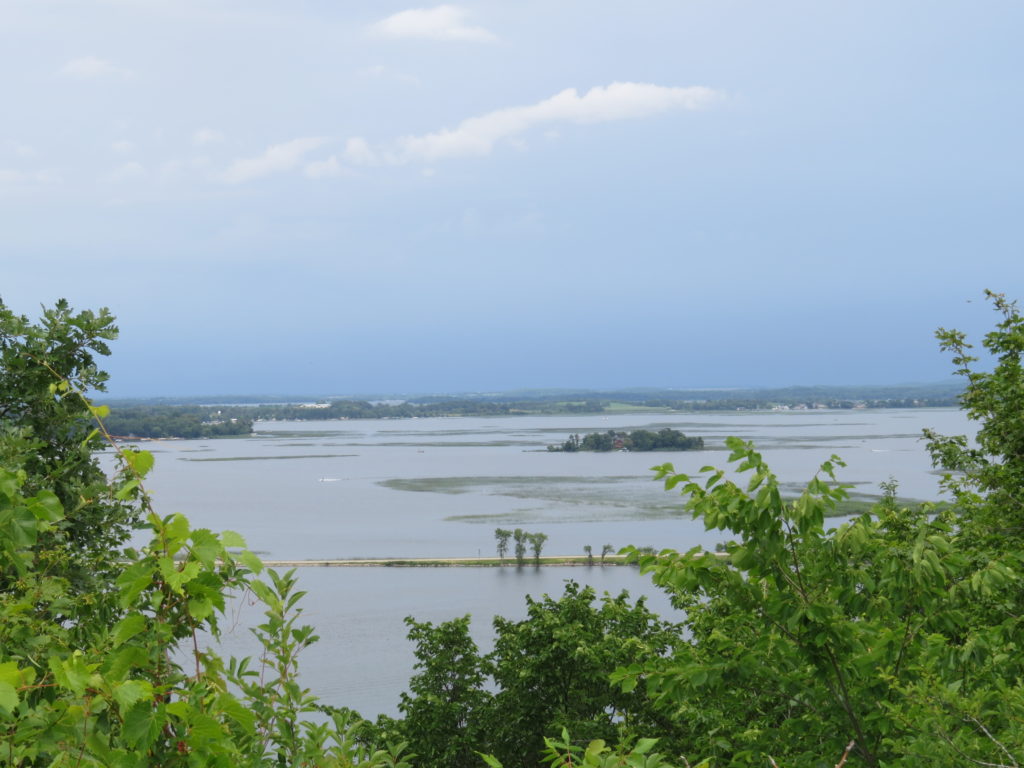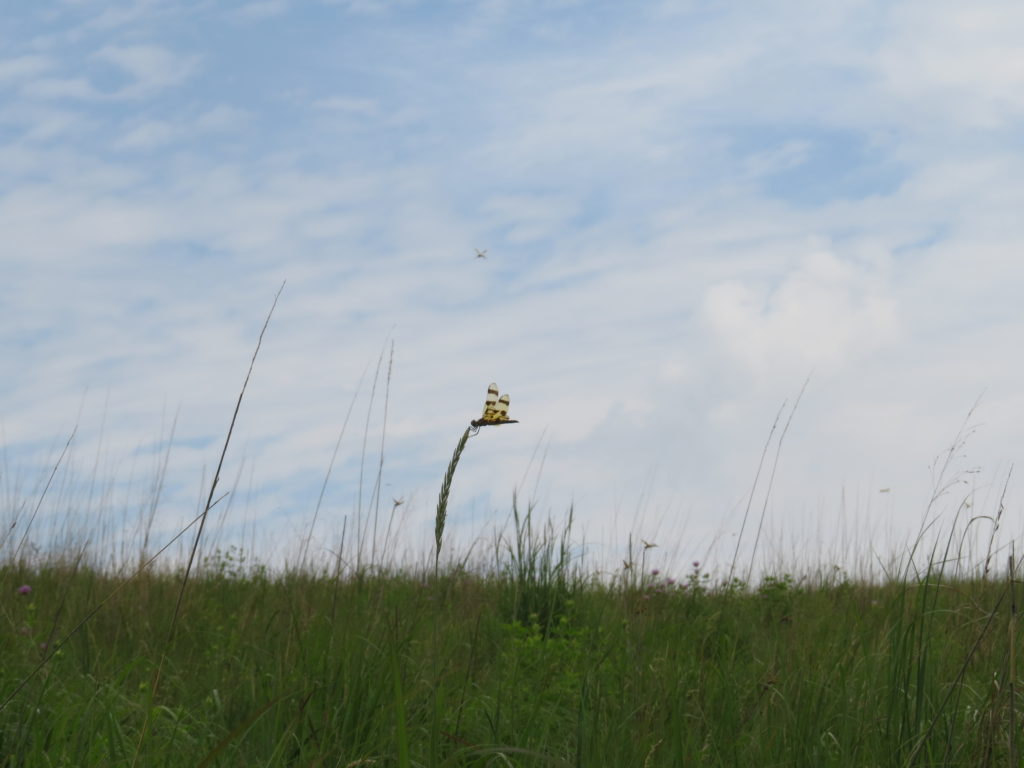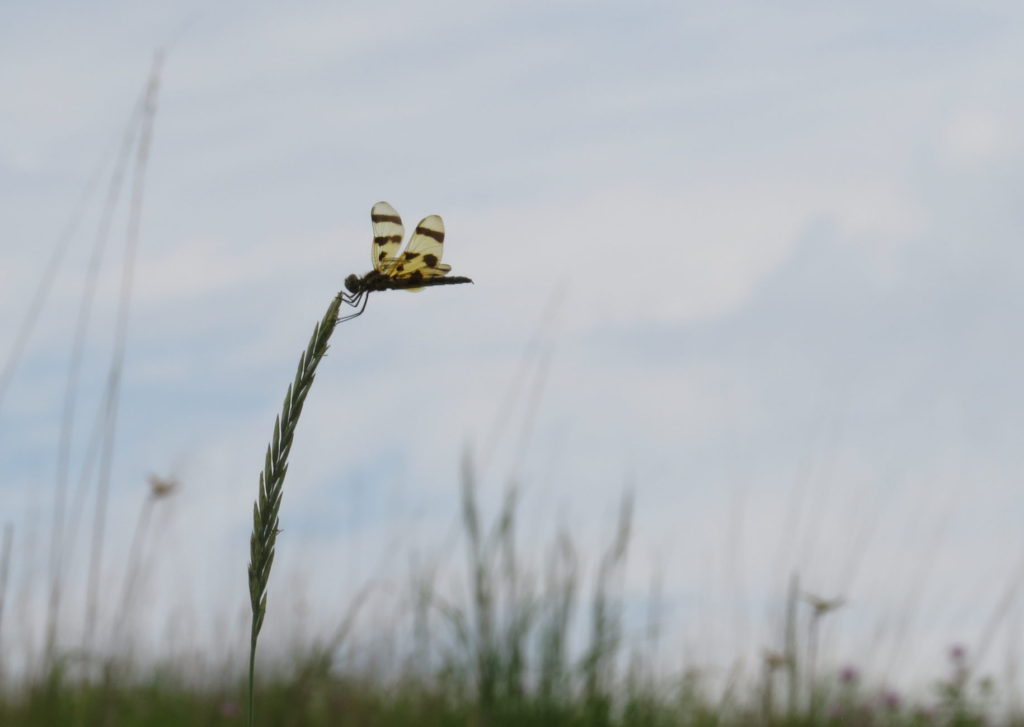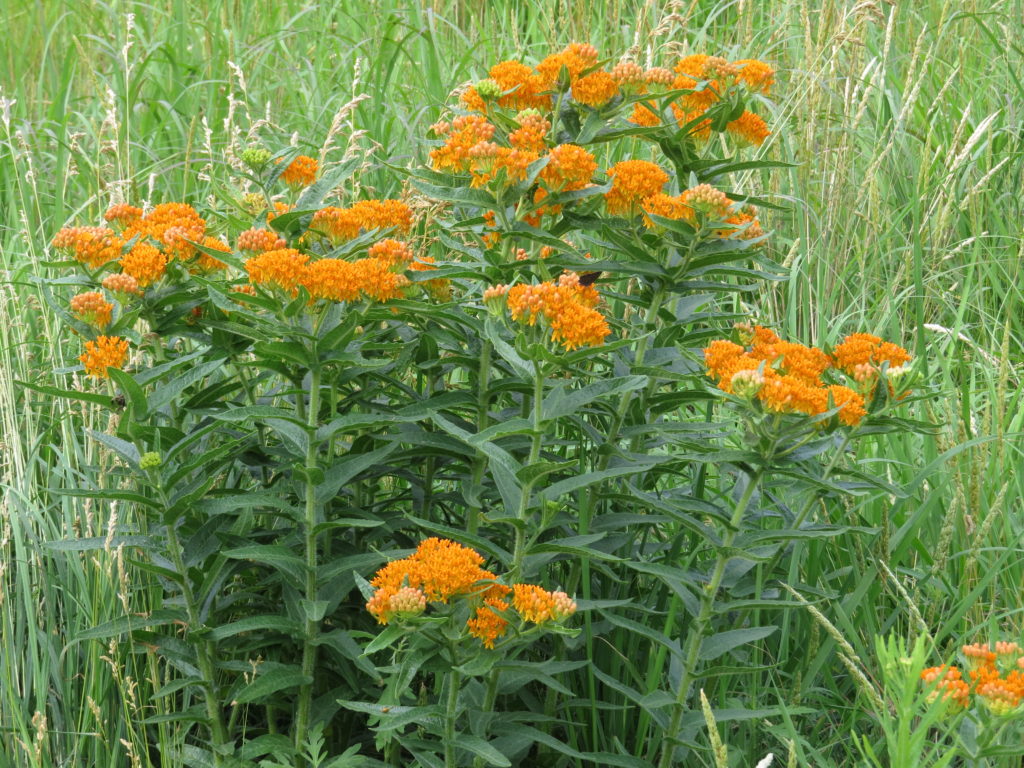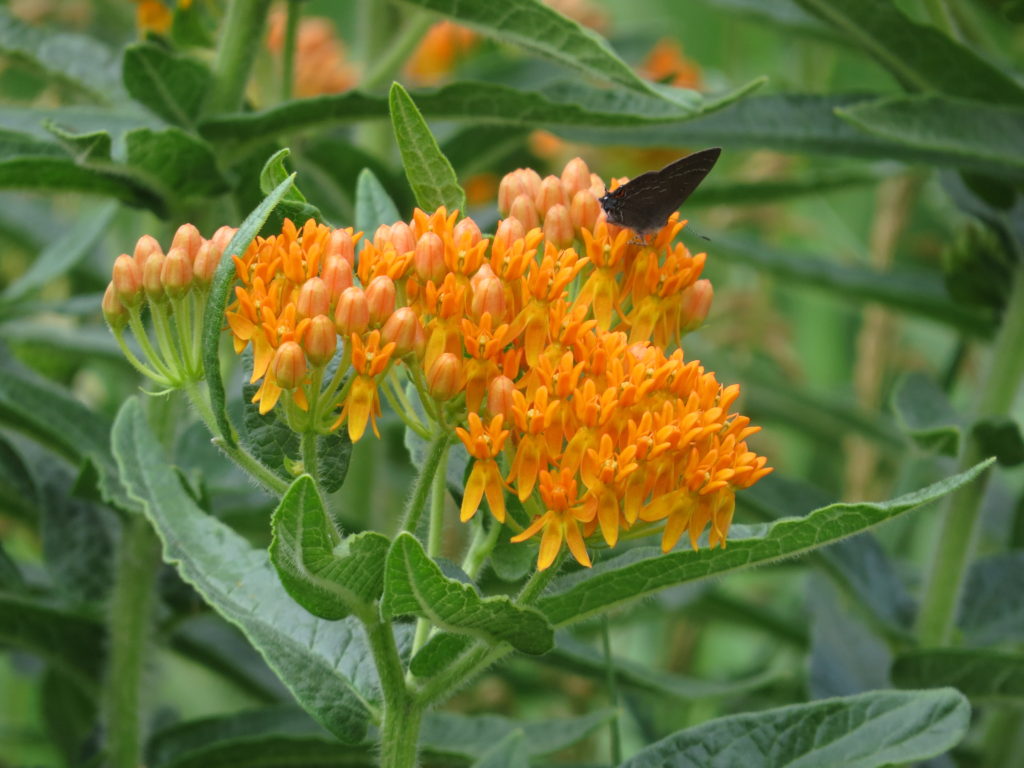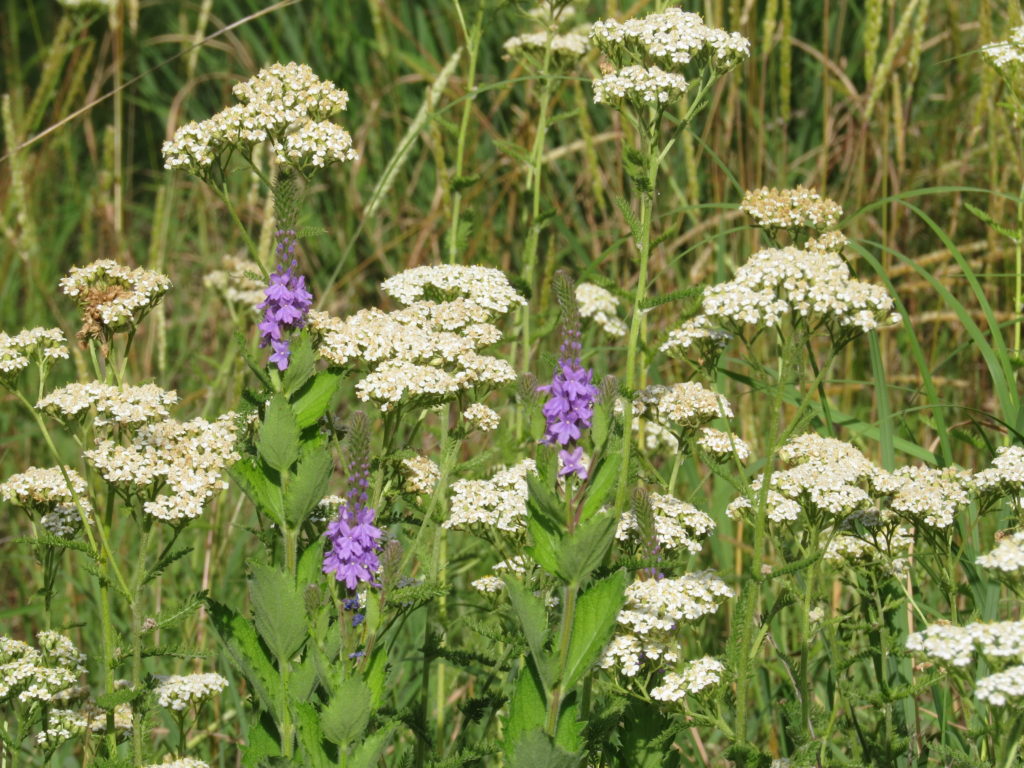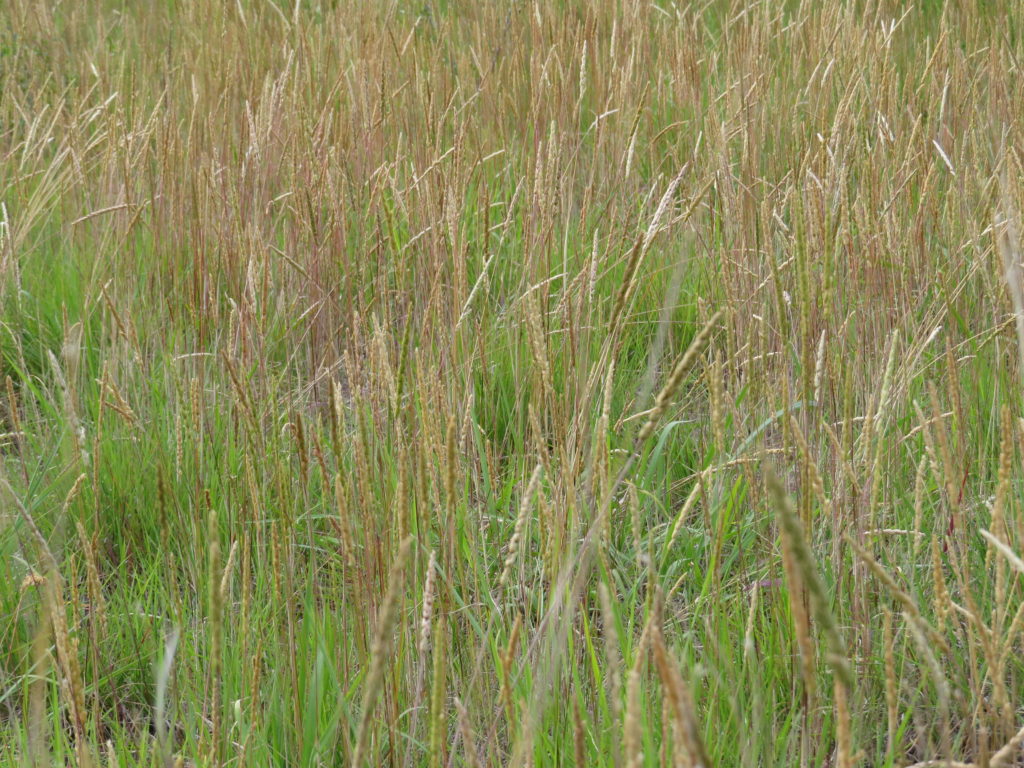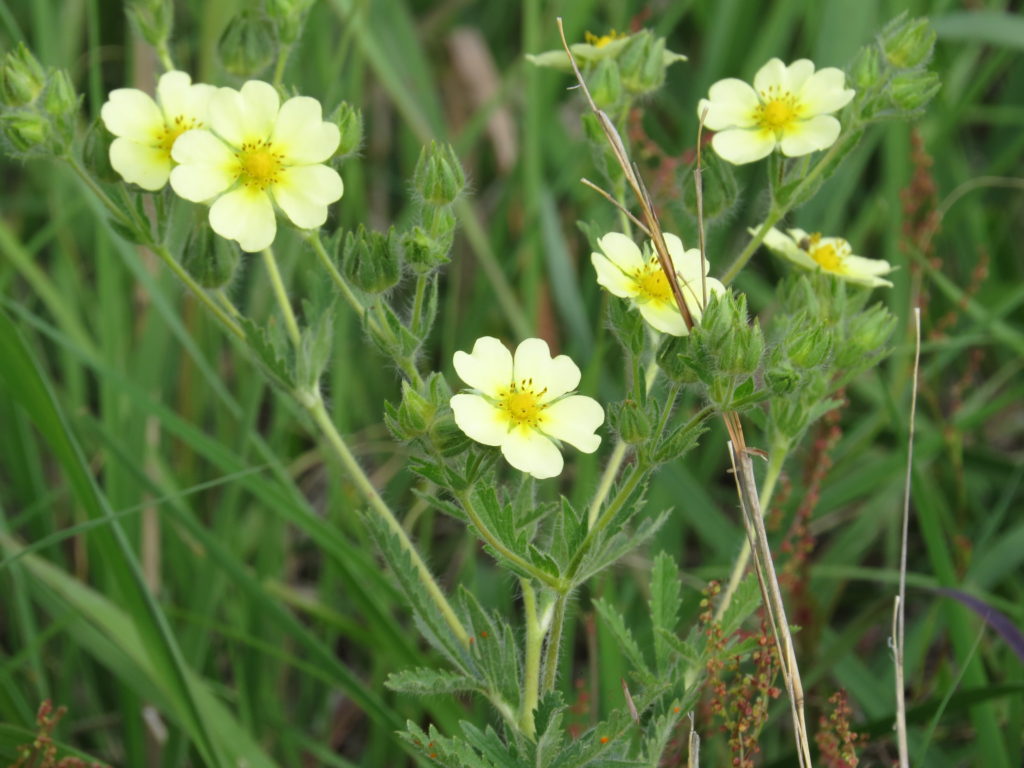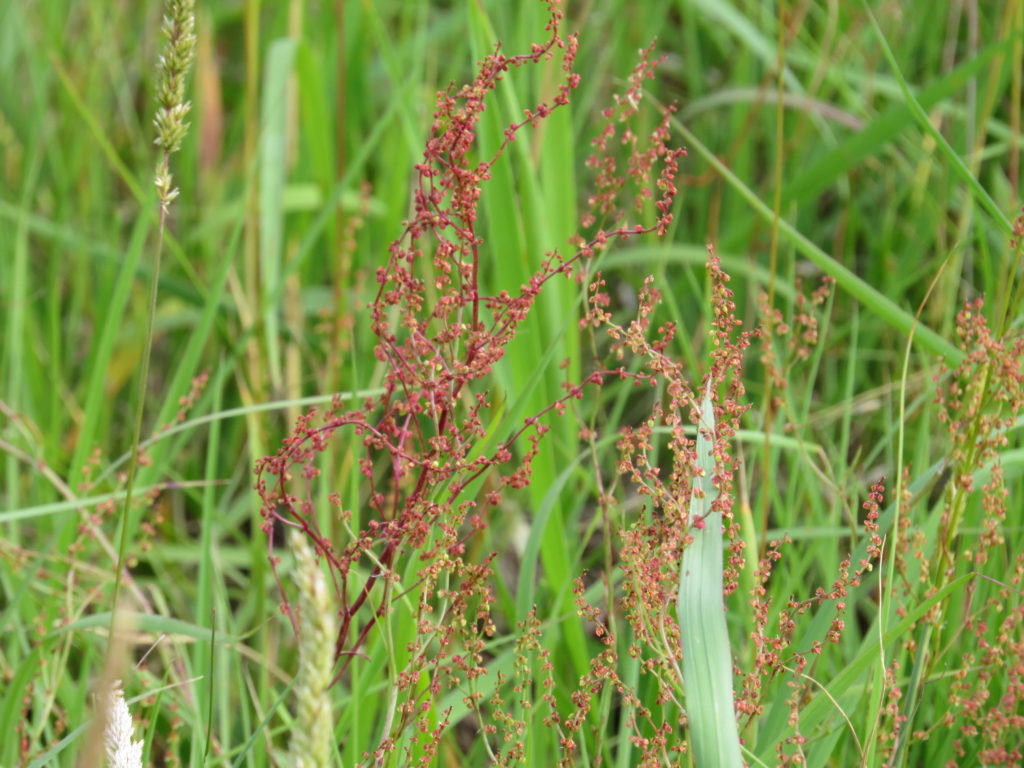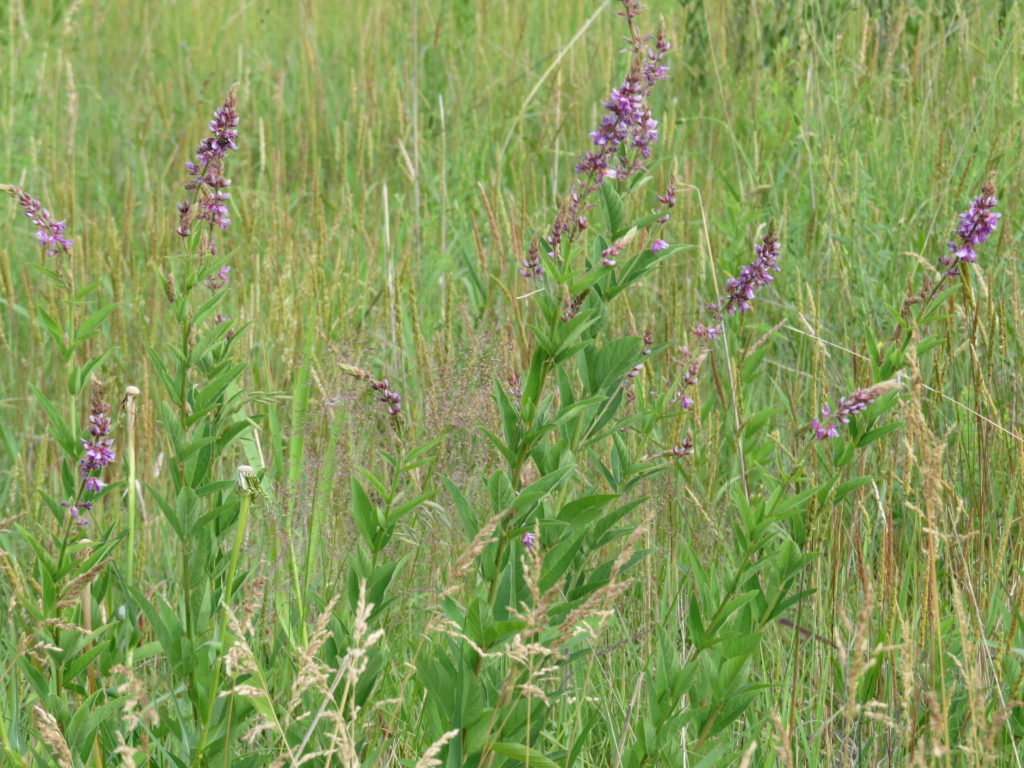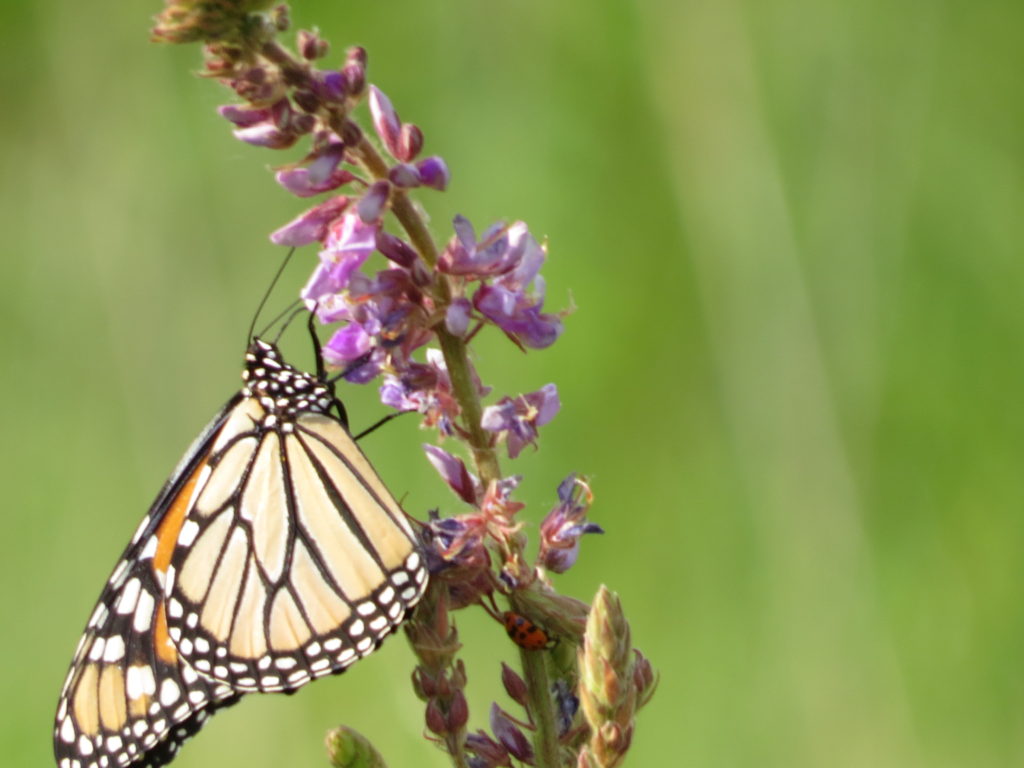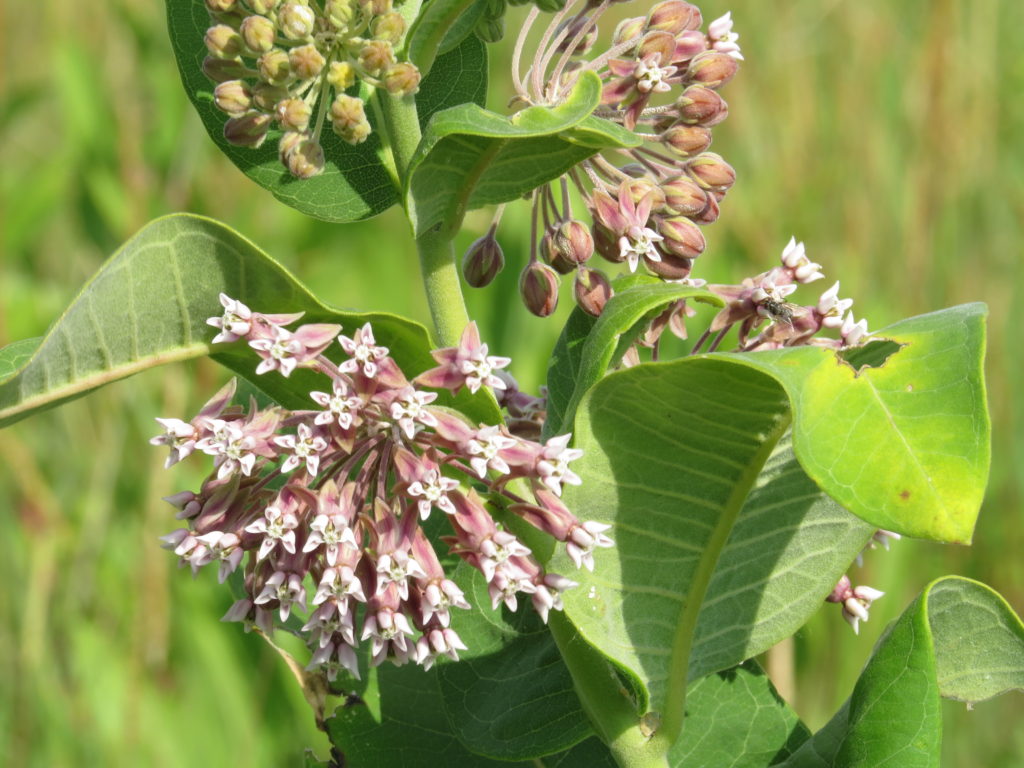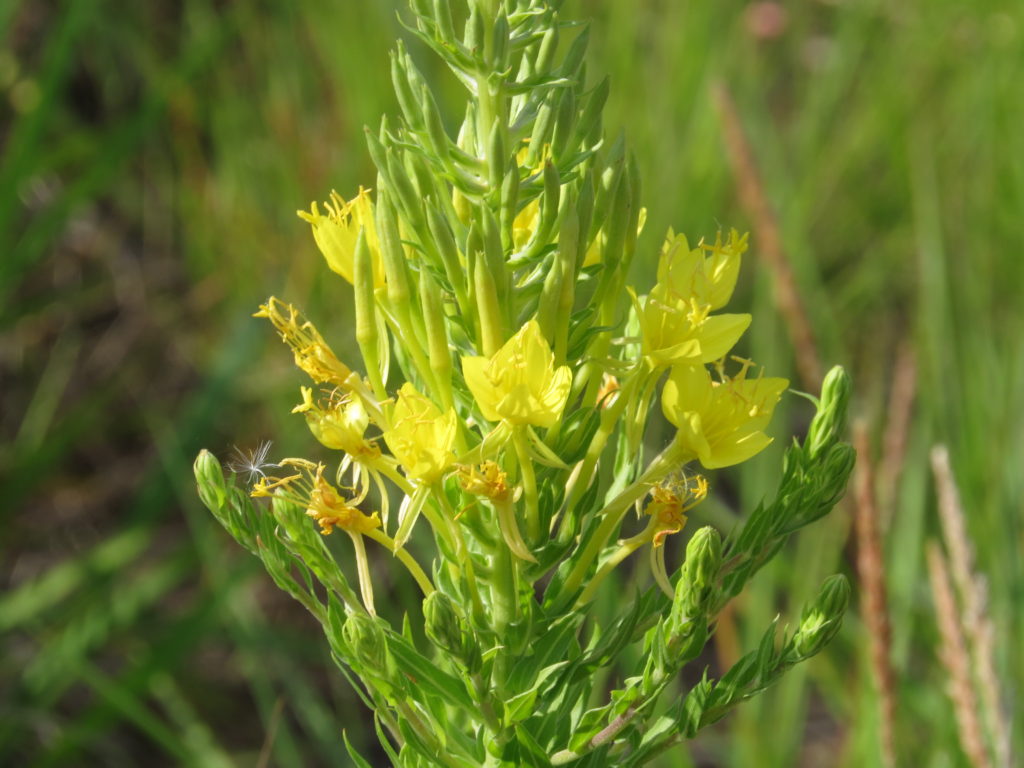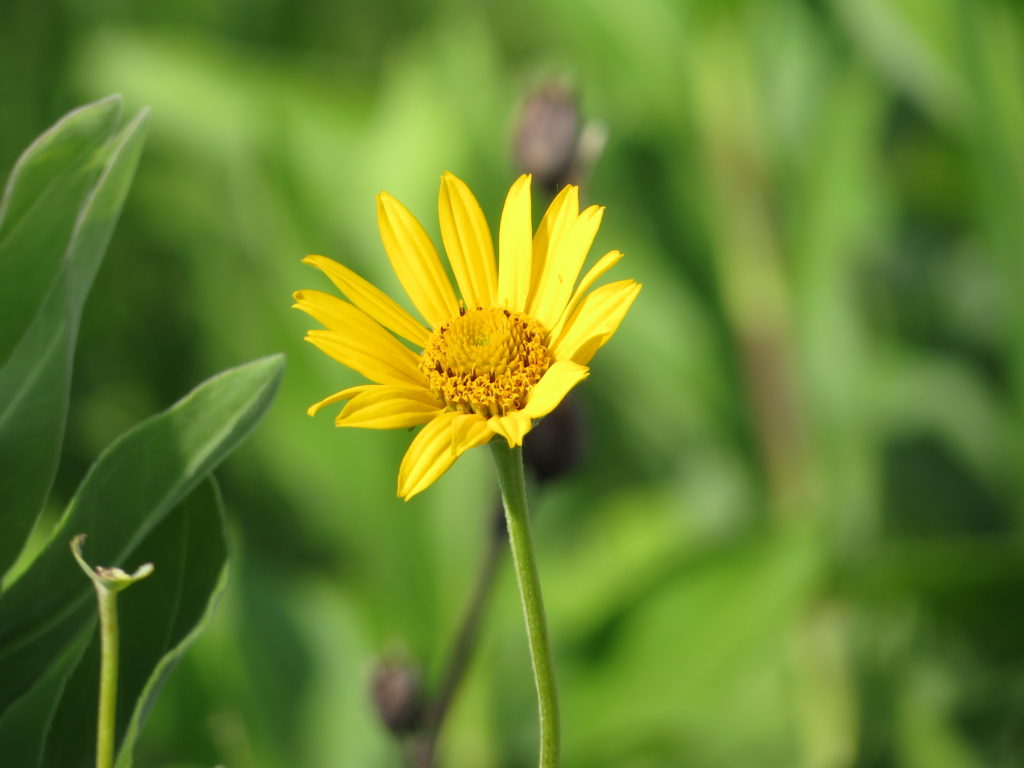I remember the hard work of growing up. I remember the hard work of growing other humans for those first nine months and for the twenty years after that. At the time, I didn’t even realize that those two things were happening simultaneously—as I stewarded the growth of my children, I myself continued to grow and develop.
It’s hard work to grow. It’s hard work to turn soil nutrients, water, and sunlight into a prolific number of new cells that function in numerous ways in order to reproduce. Plants, insects, birds, and animals are productive from Spring to this time of late Summer. And the fruits of their labors are evident. Flowers, fruits, seeds, and offspring combine to showcase the miracle of an ecosystem where not only is the organism’s genetic material passed on to another generation but the organism or its fruits or seeds are used by others for sustenance for their growth. It truly is a circle of life, a web of interconnected growth, give, and take.
The abundance of growth and production is a visual treat for the eyes on the prairie and woodland trails at Saint John’s Arboretum. Big Bluestem—big as in four to seven feet tall and Bluestem as in the purplish tint to leaves and three-pronged ‘turkey foot’ seedheads—was the predominant grass on the prairie. In all its glory. It provides cover, nesting sites, and food (seeds) for a number of species of birds and is considered by ranchers to be ‘ice cream for cows’ in pastureland. ( I like that depiction.) Gray-headed Coneflowers provide food and housing for butterflies and moths and seed treats for goldfinches and other song birds.
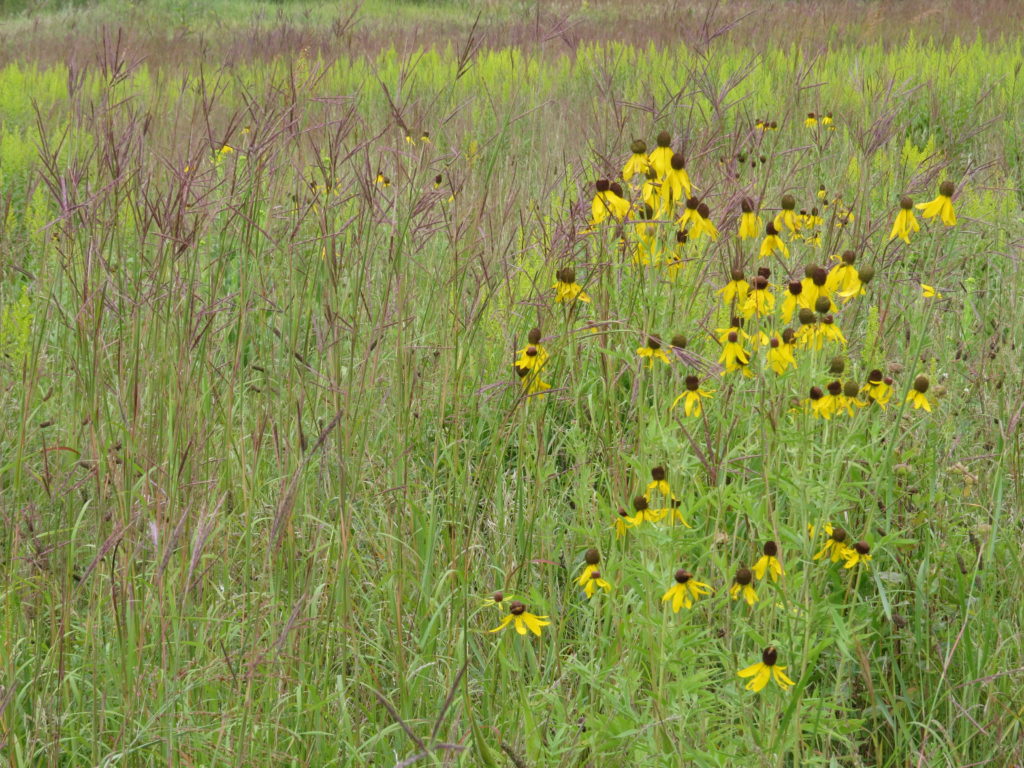
Goldenrods of numerous species are the golden magnets for butterflies and other beetle bugs. Stiff Goldenrod has thick, leathery leaves that look like feathers, especially the basal leaves.
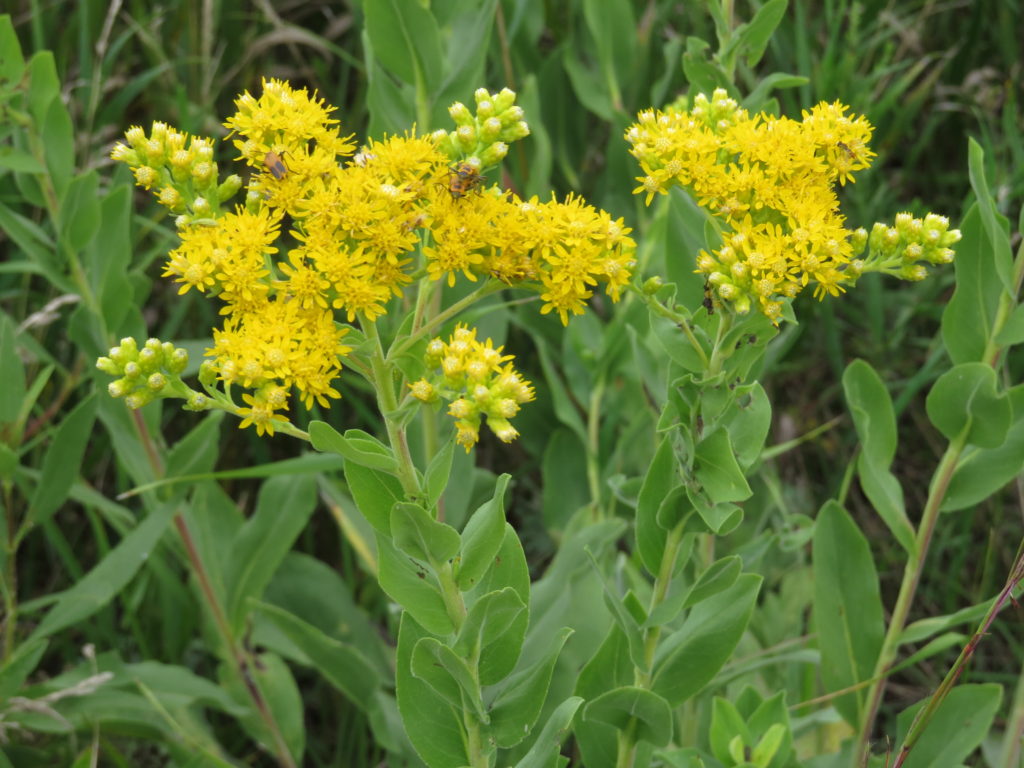
The fruits of the Wild Rose—rosehips—are turning red and are food for birds, squirrels, rabbits, and bears.
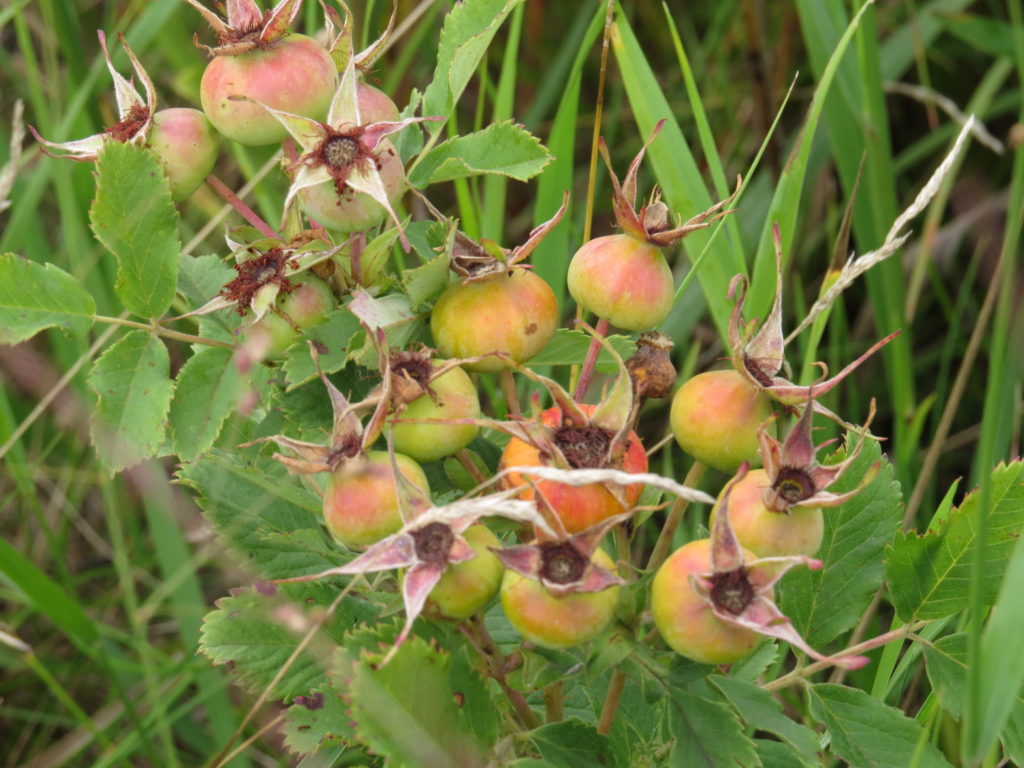
I think the winner in cell production in one season is the Compass Plant—look at those sturdy, almost tree-like stems! While the deeply-cut leaves can be up to two feet long, the flower stems can grow up to twelve feet high providing a prairie perch for birds. The sunflower-like flowers provide seeds for birds and small mammals, and the hardened sap can be chewed like gum.
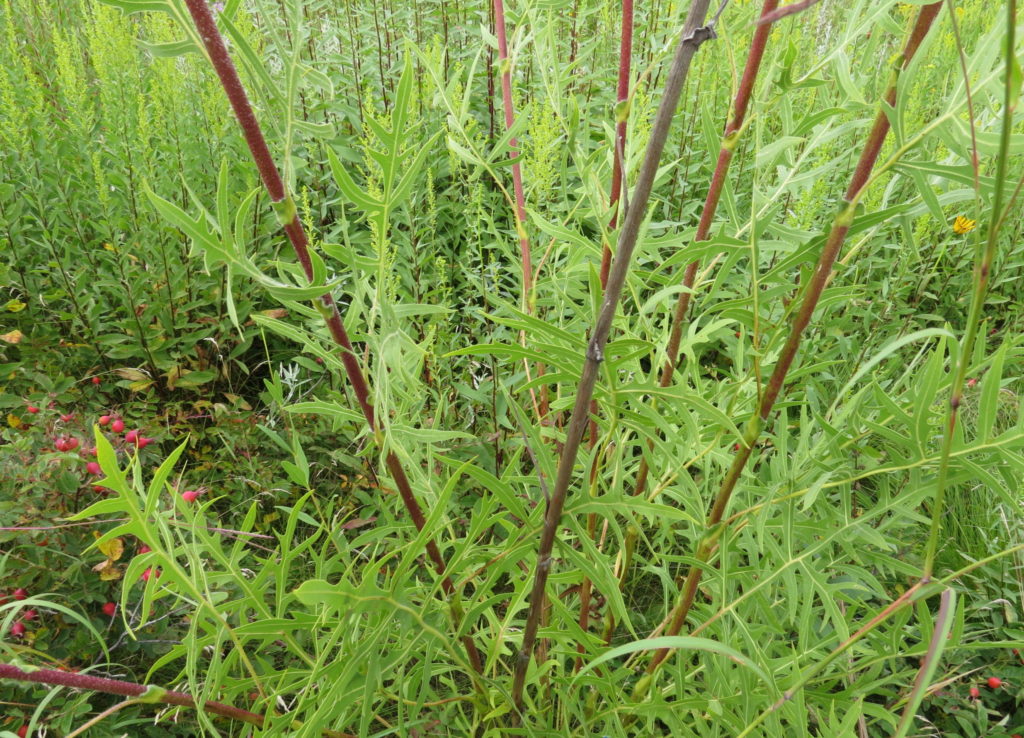
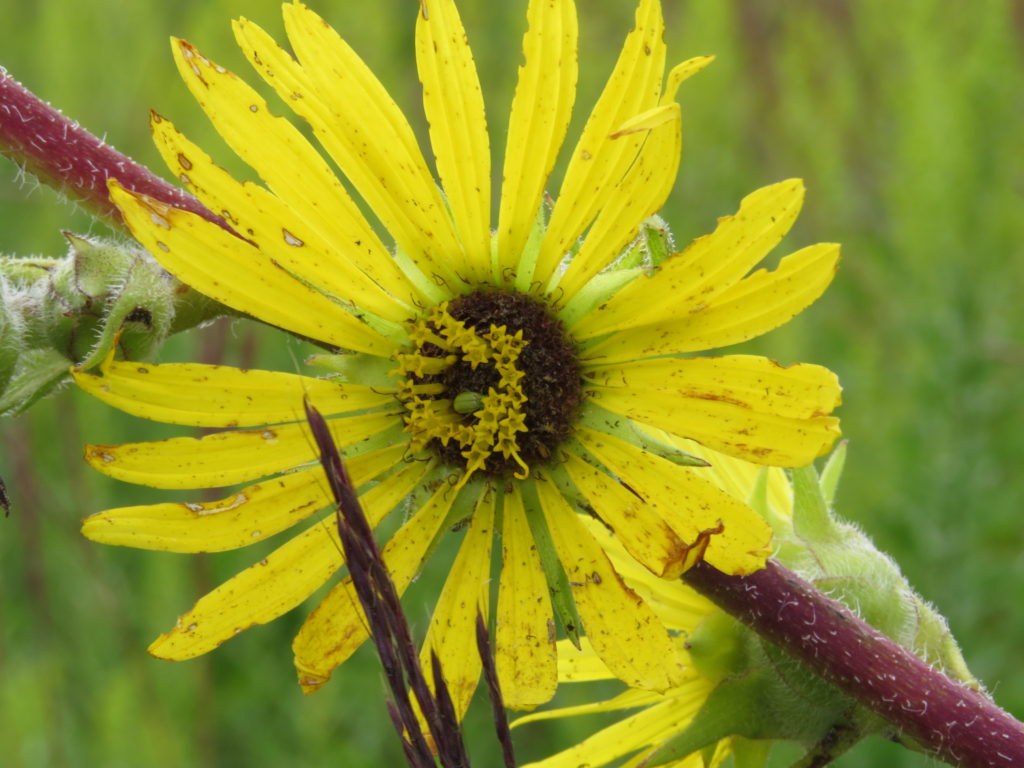
A slightly shorter relative to the Compass Plant is the Cup Plant. It has sturdy square stems with large leaves that clasp the stem and form a cup that catches rainwater and provides drinks for birds and insects.
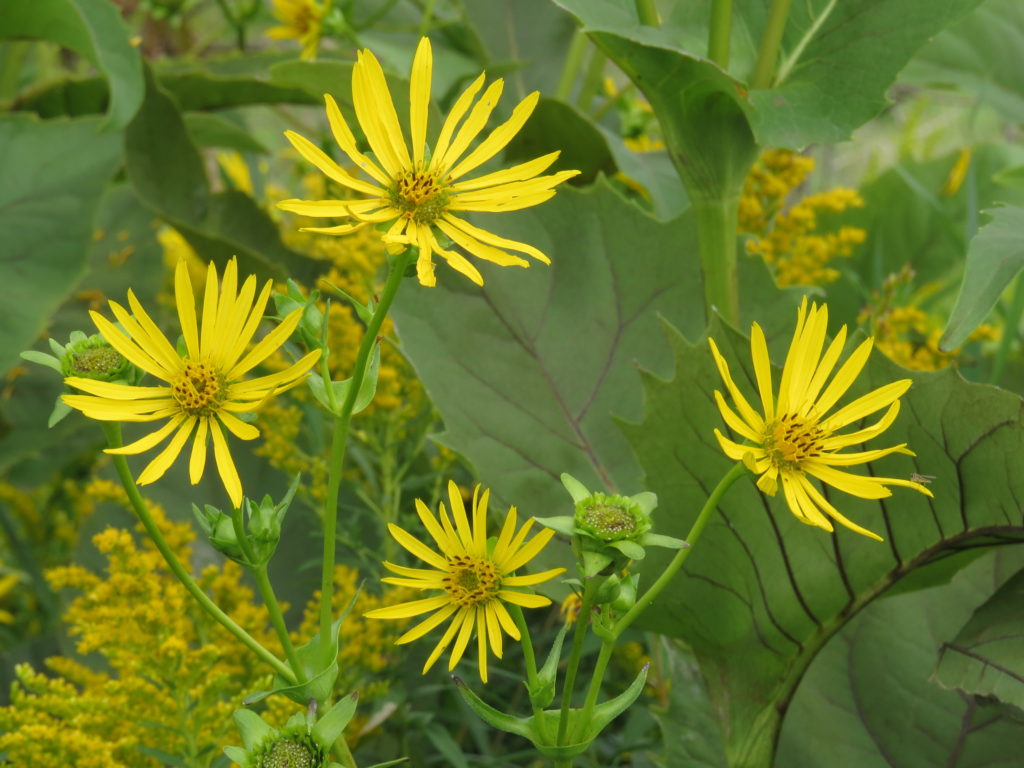
I was happy to see a few Monarchs in the prairie—knowing they are endangered makes seeing one that much sweeter.
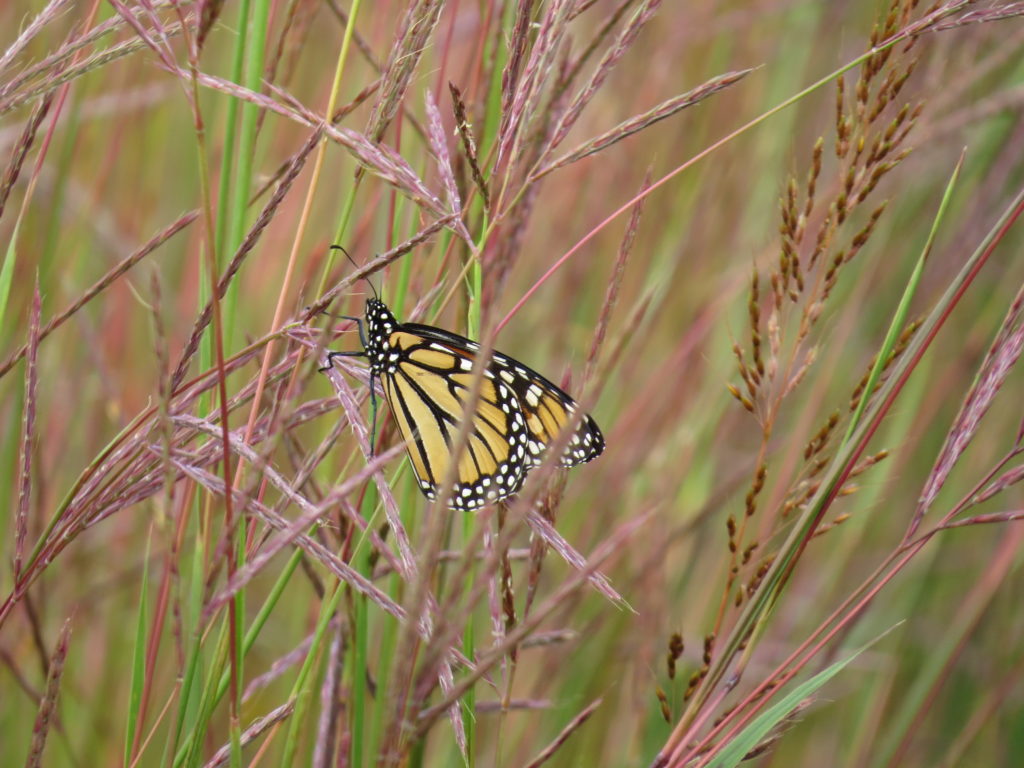
One of my favorite prairie grasses is Grama grass—a short, drought resistant grass with horizontal seed heads that look like tiny brushes.
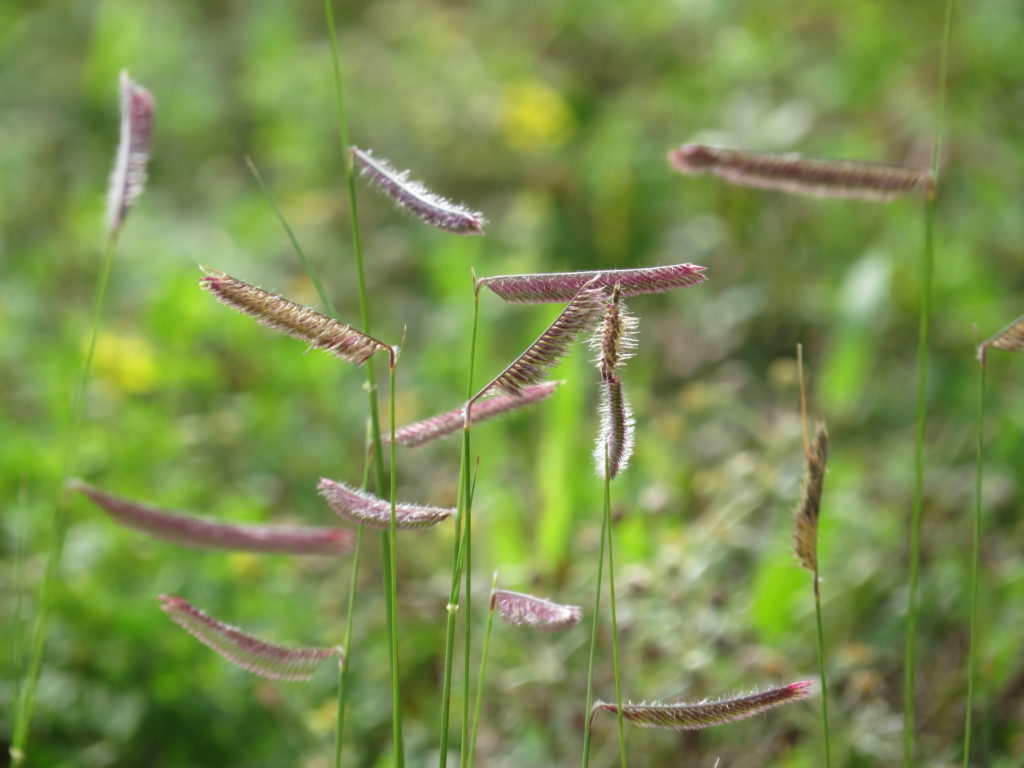
The ponds were surrounded or inundated by tall cattails, so it was difficult to see the water birds, but I was able to catch a glimpse of a Trumpeter Swan family. They had a perfect place for their July-August molting and regrowth of flight feathers—very protected for their flightless time. Usually the females lay 5-7 eggs in the Spring, so I was a bit surprised there were only two cygnets.
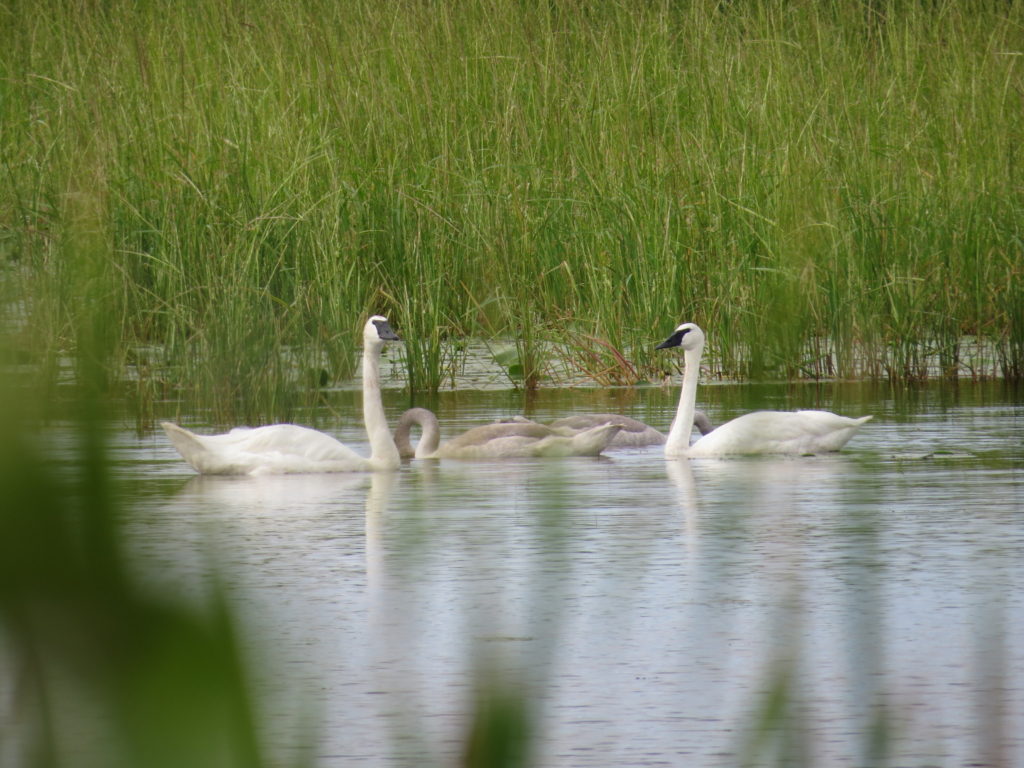
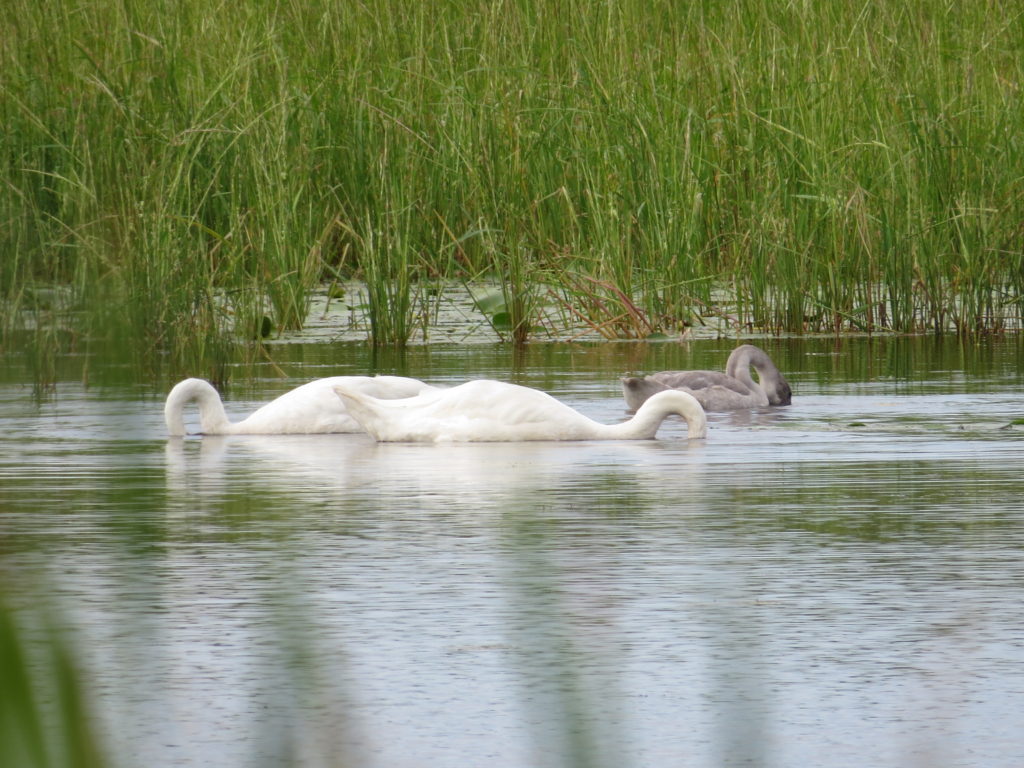
Swamp Smartweed displayed a pretty pink spike of a flower. Dew and rain beaded on leaves of Jewel Weed, sparkling like diamonds. It has a succulent stem with an aloe-like juice that can relieve itching from poison ivy. The seed capsules will explode when touched, sending seeds in all directions. Hummingbirds are especially attracted to the dappled orange flowers, but butterflies and bees also pollinate them.
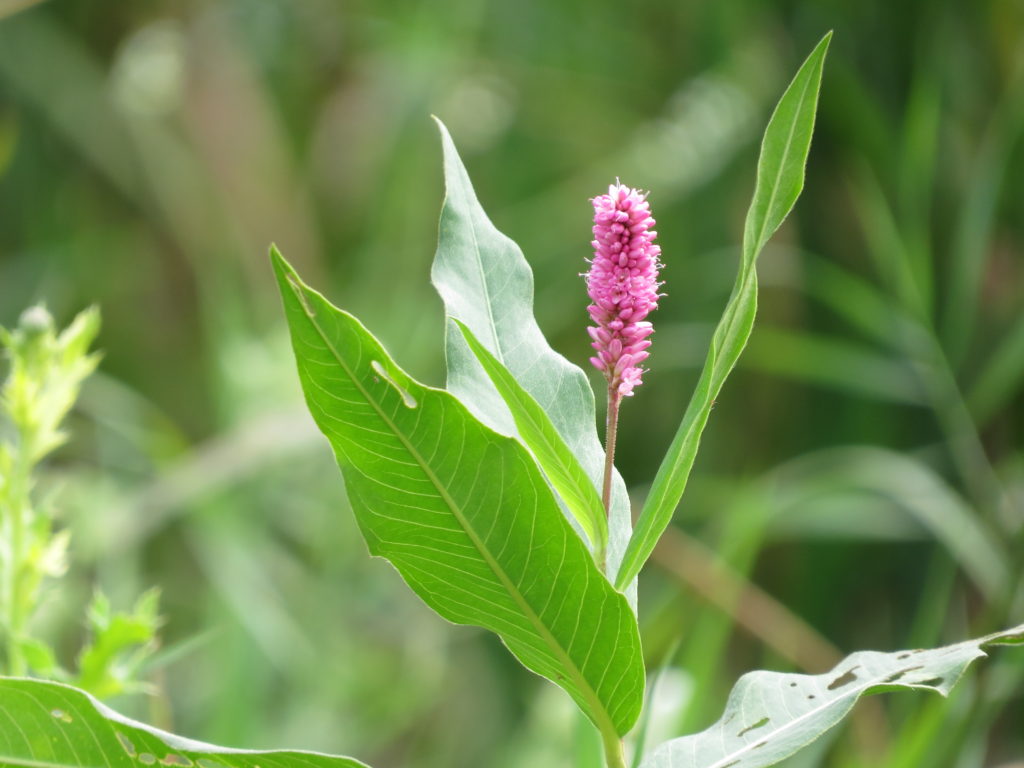
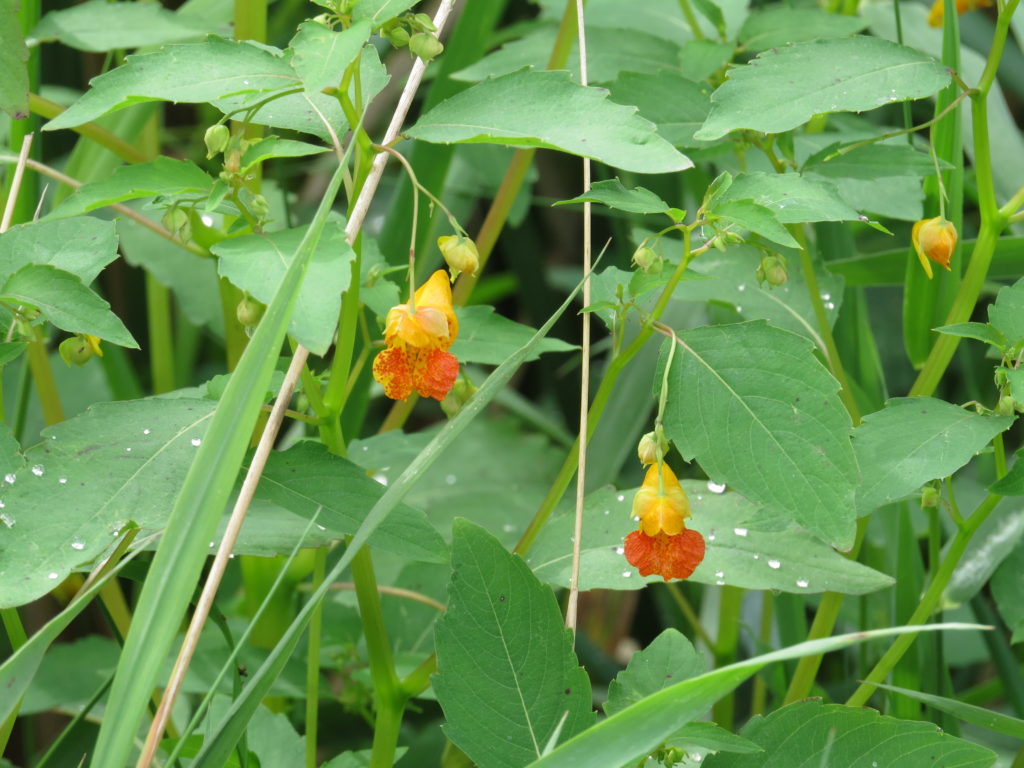
Shallow water with minimal movement is a perfect place for Wild Rice to grow. The pointed stalks sway in the breeze, heavy with the developing seeds. Zizania palustris (isn’t Zizania a great genus name?) has a higher protein content than most cereal grains and is an important food source for waterfowl and Native American tribes. Minnesota has more acres of non-cultivated Wild Rice than any other state.
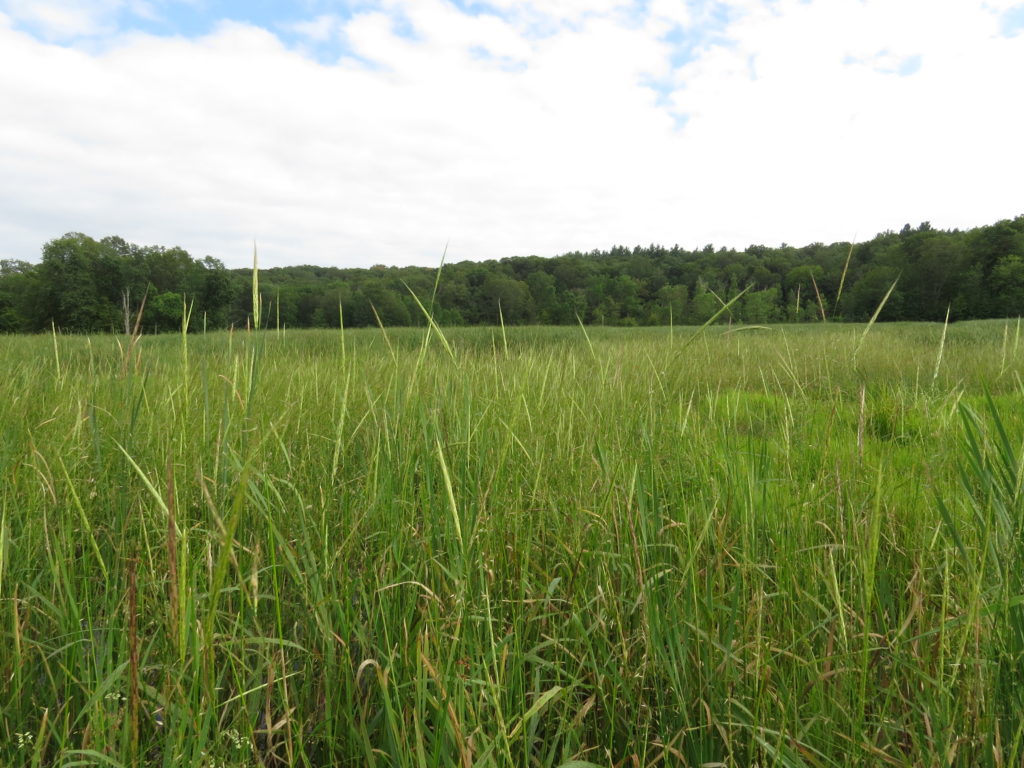
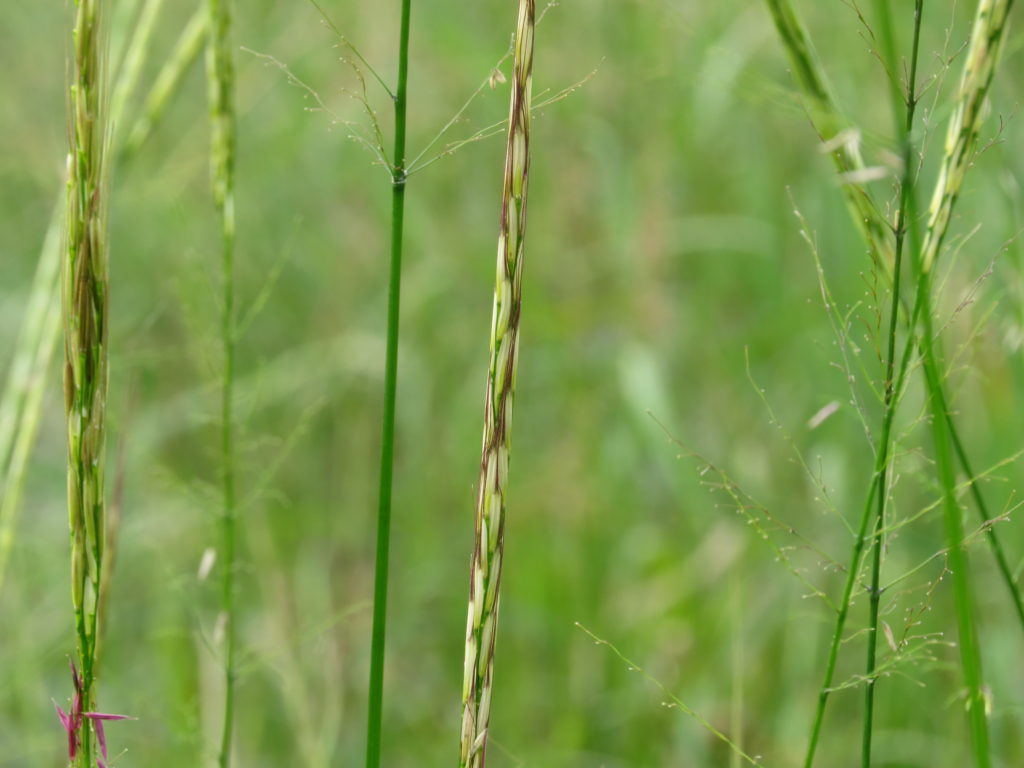
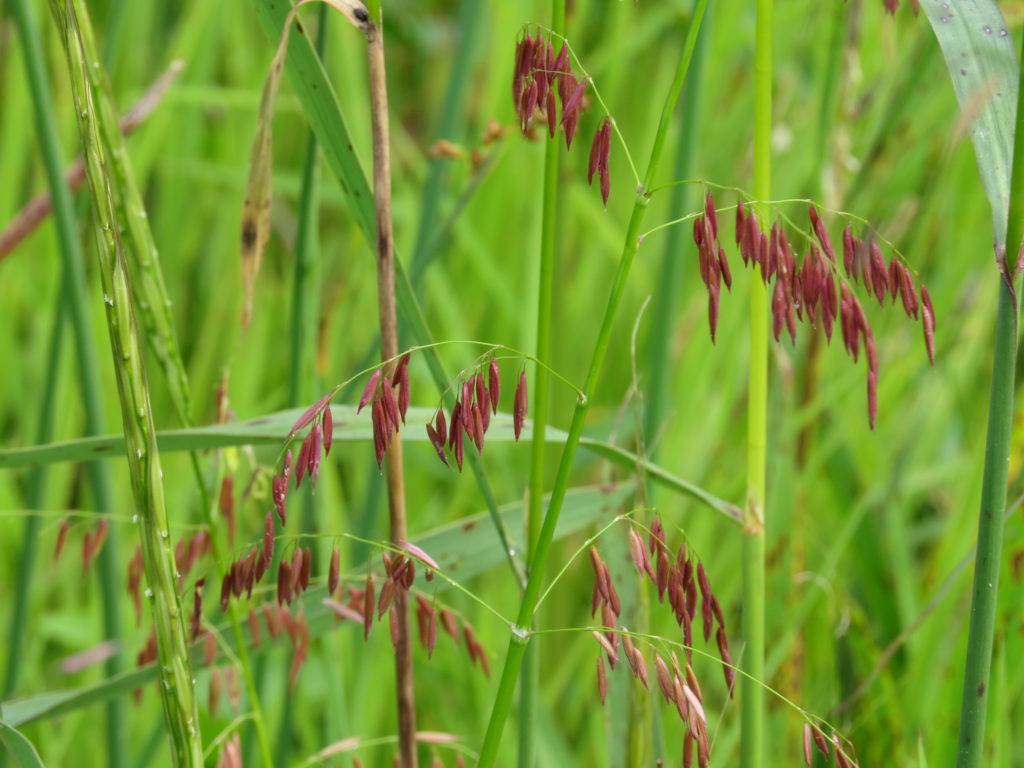
Another edible wild thing is Chicken of the Woods mushrooms. These were accompanied by other pretty and interesting fungi growing close by.
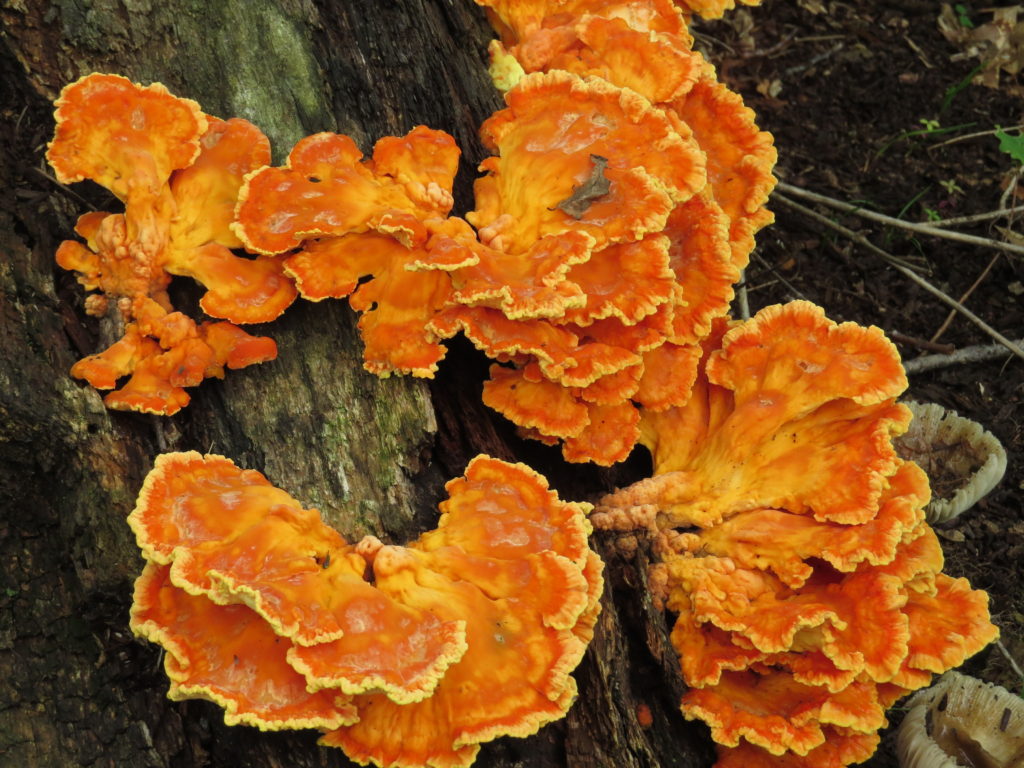
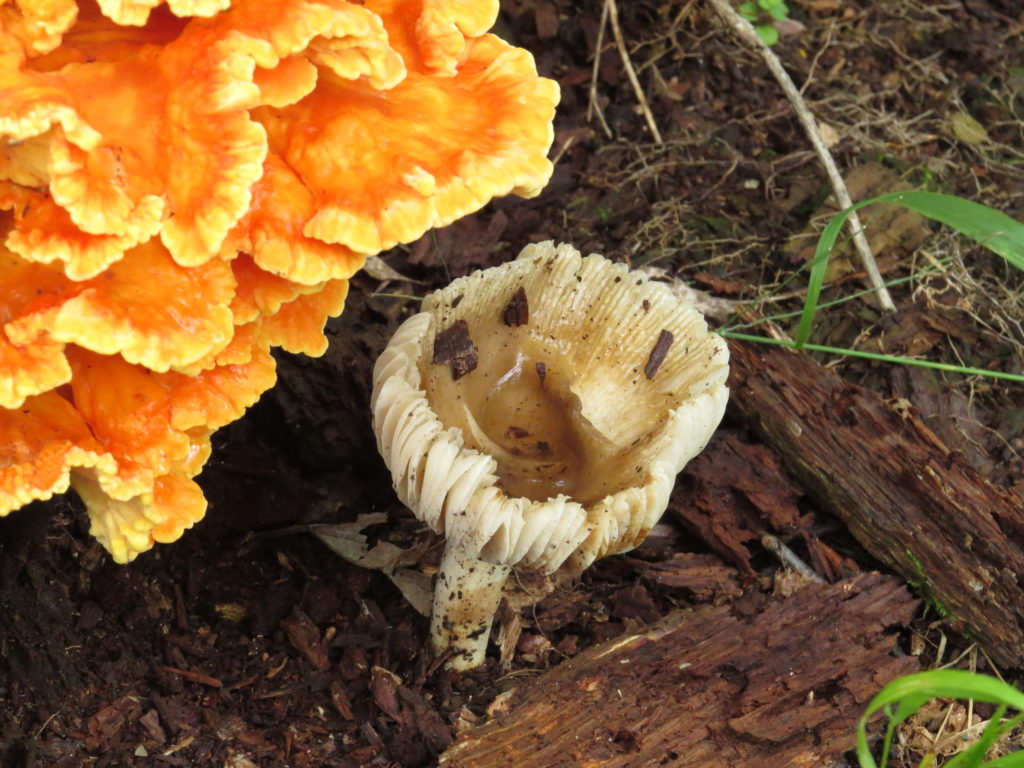
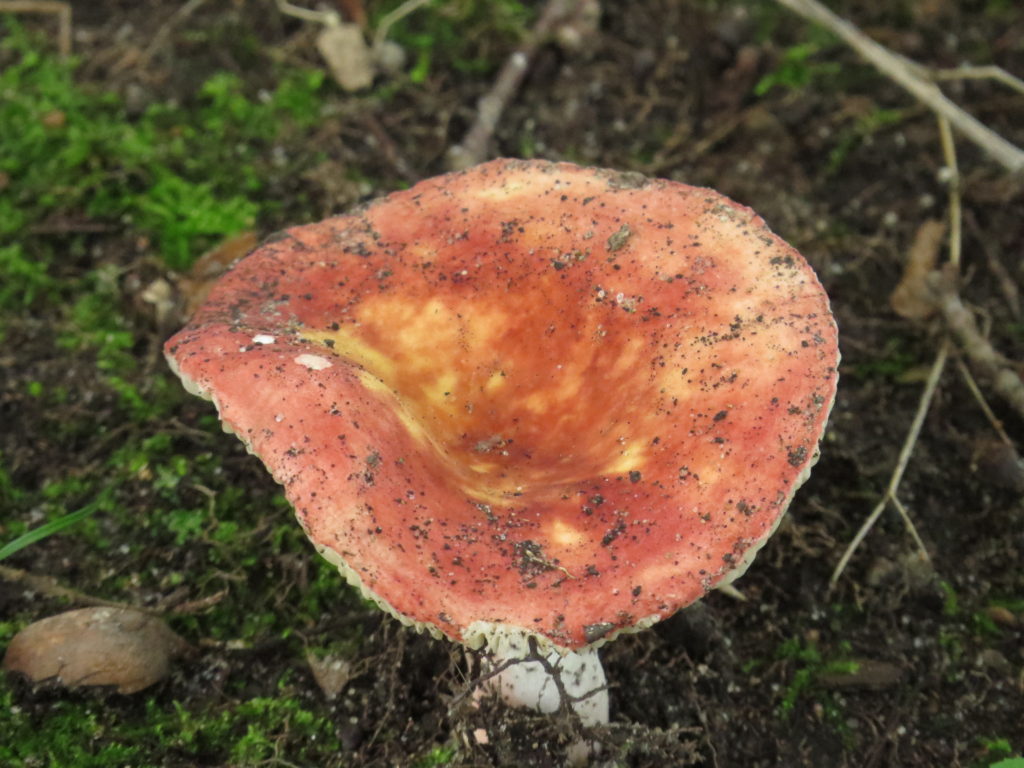
Then there’s the beauty of Maidenhair Ferns with stems of shiny, black that make the fronds seem to float in the air—so elegant.
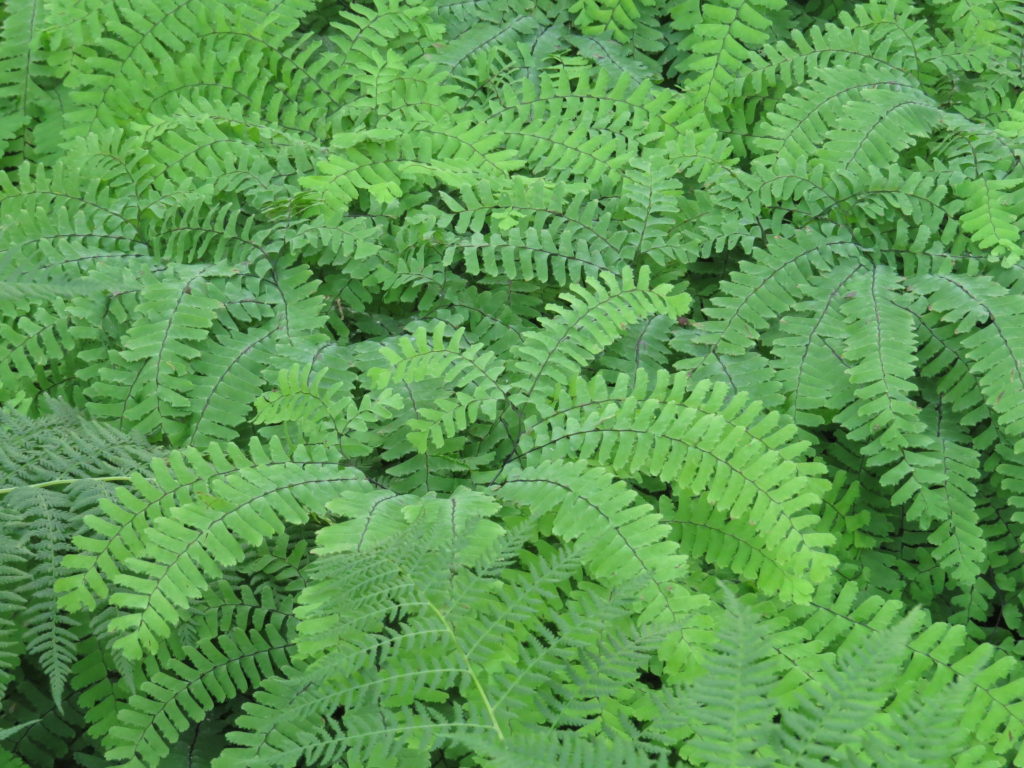
Late blooming flowers like Joe Pye Weed, Asters of all kinds, Rough Blazing Star, Rattlesnake Master, and Anise Hyssop are imperative for nectar supplies for Monarchs and other butterflies, bees, and Hummingbirds. The gift of beauty and the gift of food.
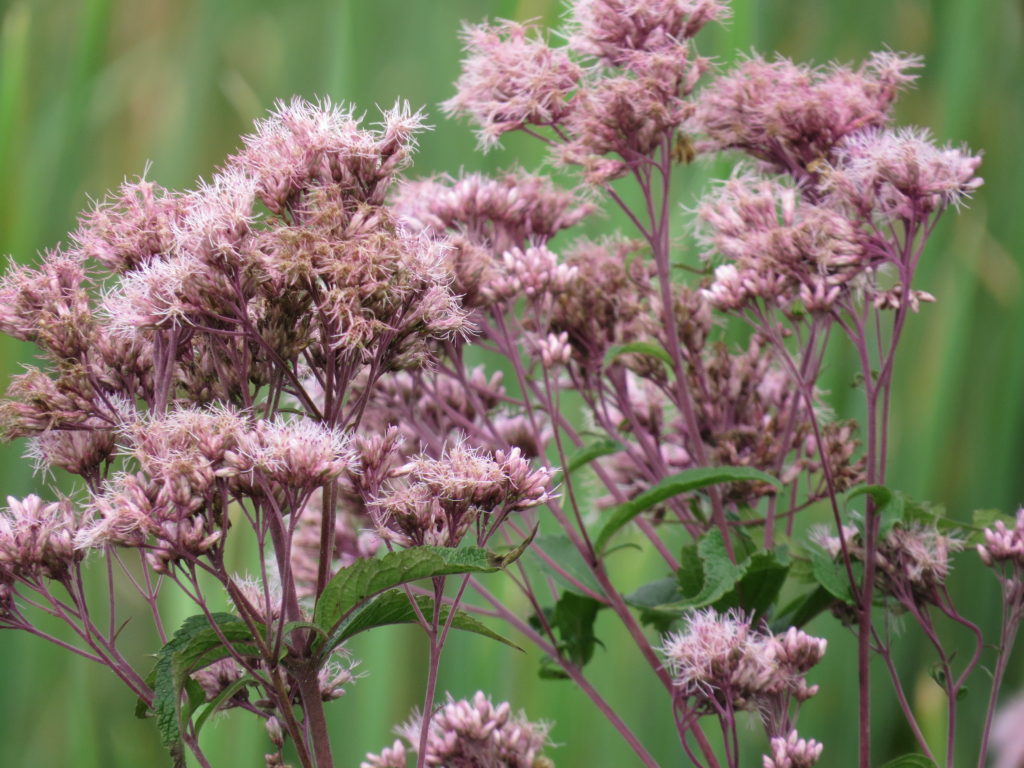
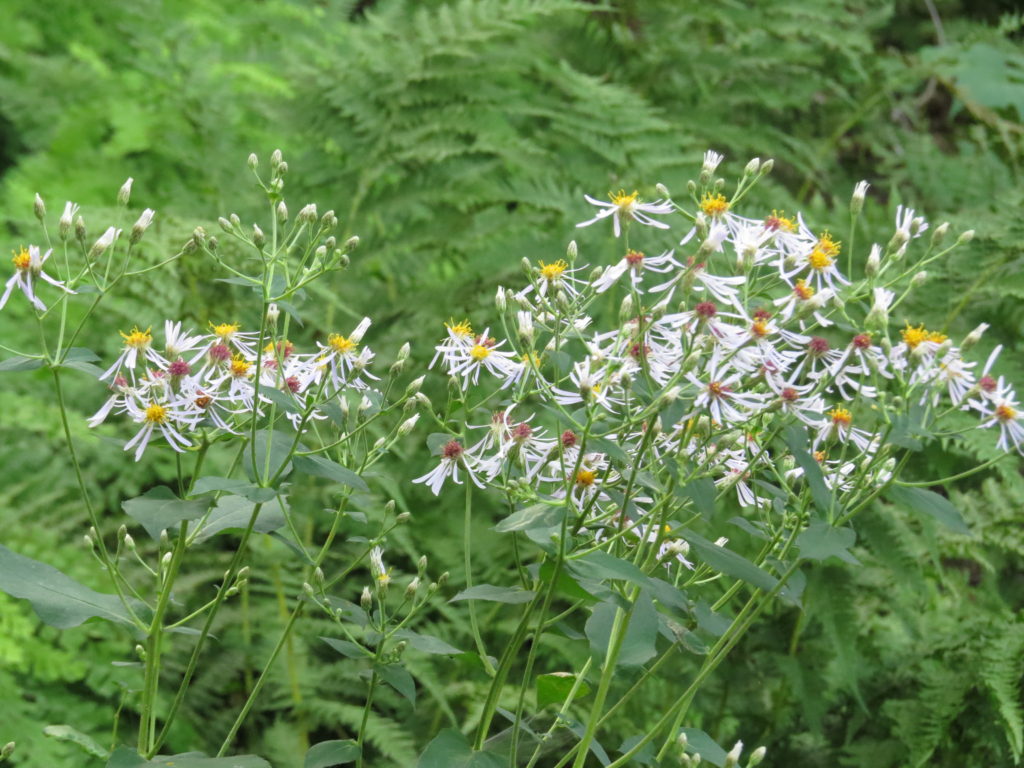
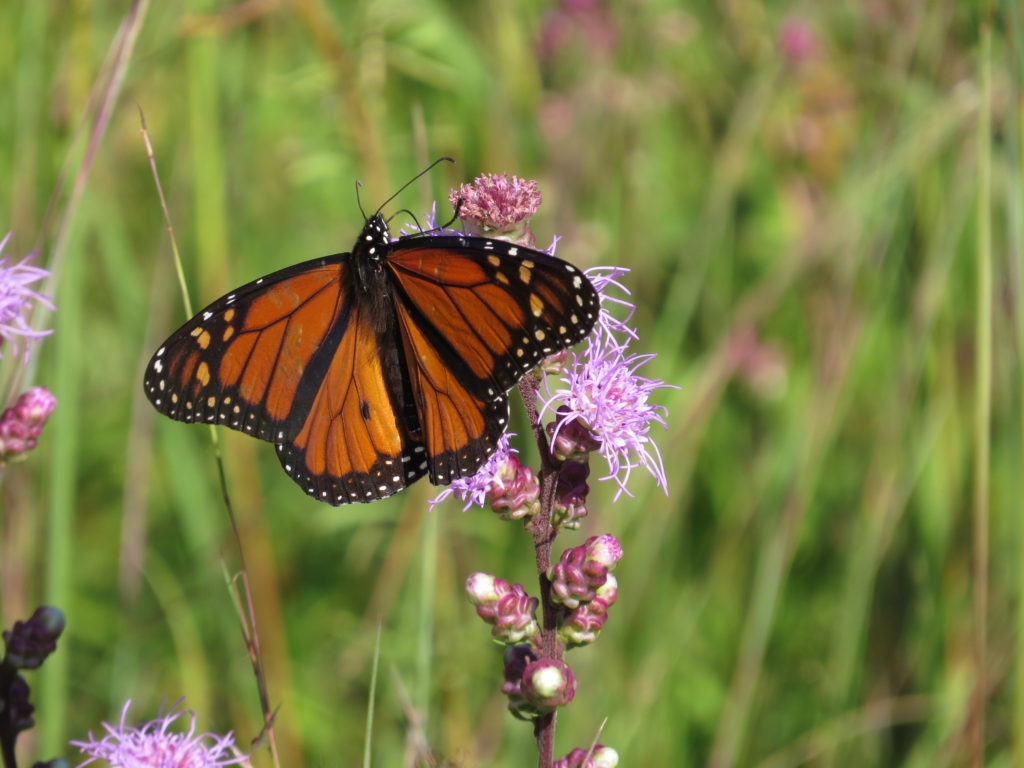
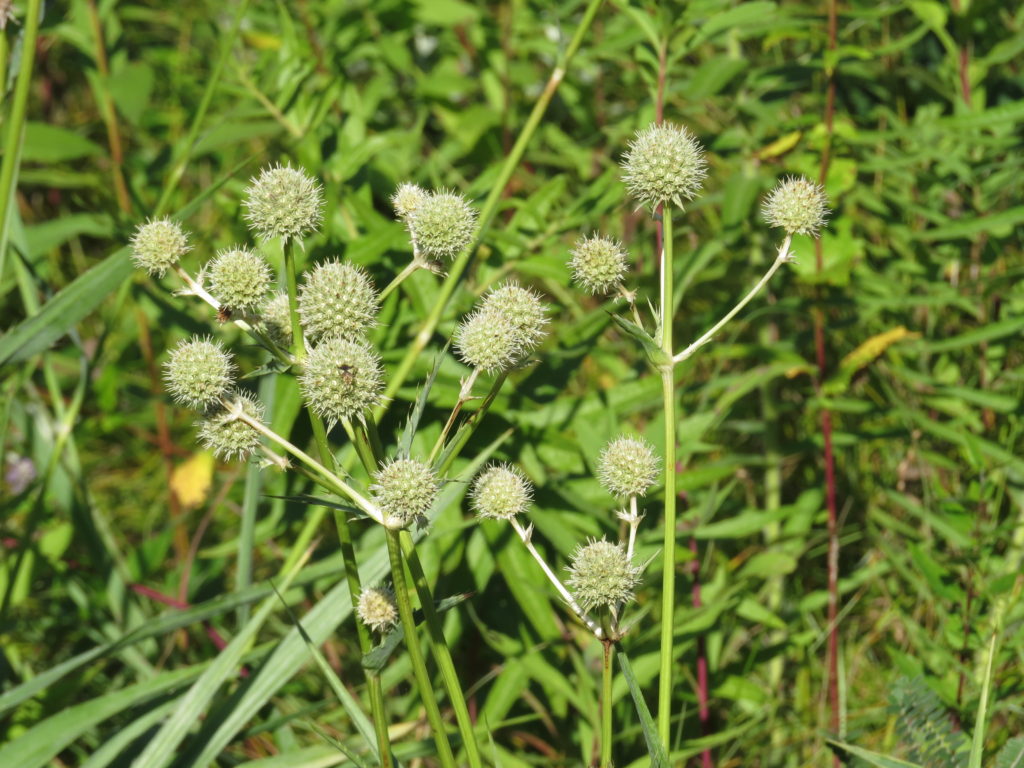
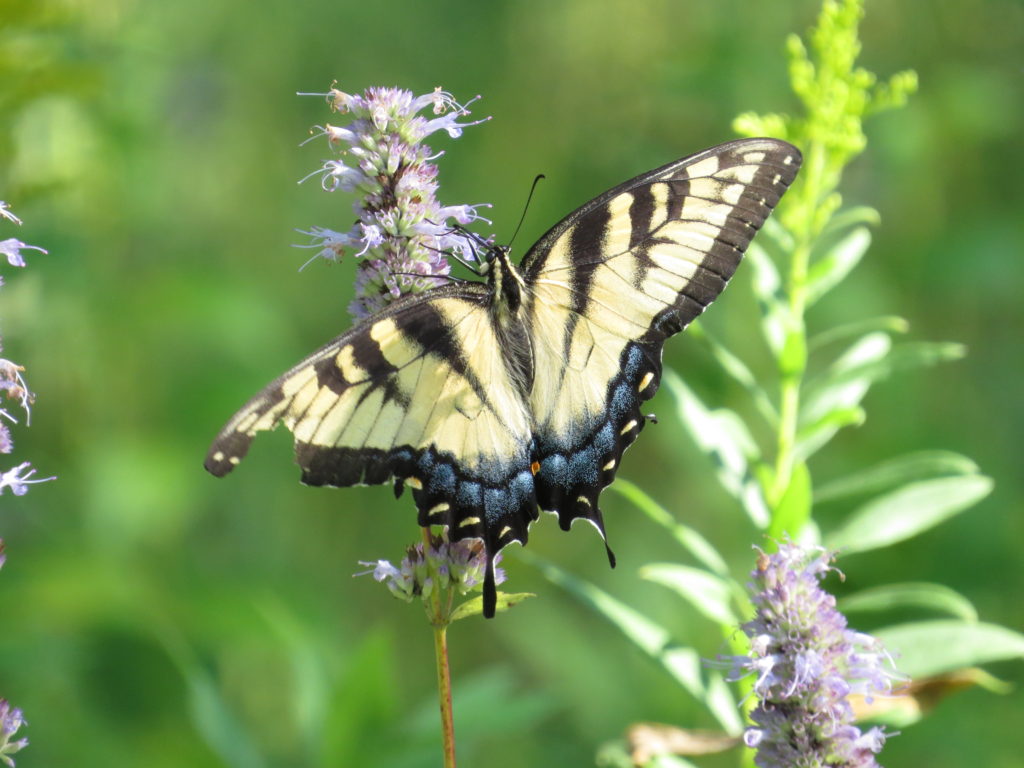
The hard work of Spring and Summer is in full display as flowers produce pollen and nectar, fruit is developed, seeds are formed, and babies grow. The circle of life is turning. The interconnectedness of flora, fauna, and humans creates an invisible web that ties us all together. As we enter slowly into a new, old season, it gives us an opportunity to pause and give thanks for the incredible burst of growth of new cells, new skills, and new fruits of labor. It is a time to celebrate the hard work—of Nature and of ourselves. All of Nature, including ourselves, take the resources and predicaments we have been given and grow with it. Poor soil, rich soil, drought, abundant rainfall, shelter, partners, wind, war, famine, predators, encroachment, mentors, protectors—so many variables. But we all grow with it, whatever it is. None of us grow by our own volition—the web of genetic material, family of origin, environment, occurrences, teachers, and friends all contribute to our growth. It is a miracle of Life, in all its glory.
